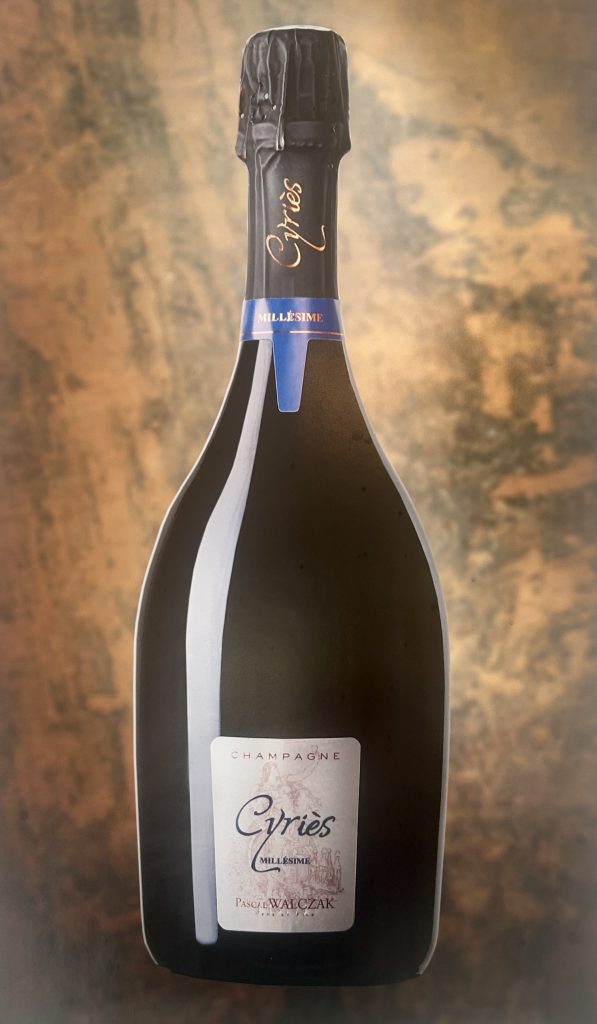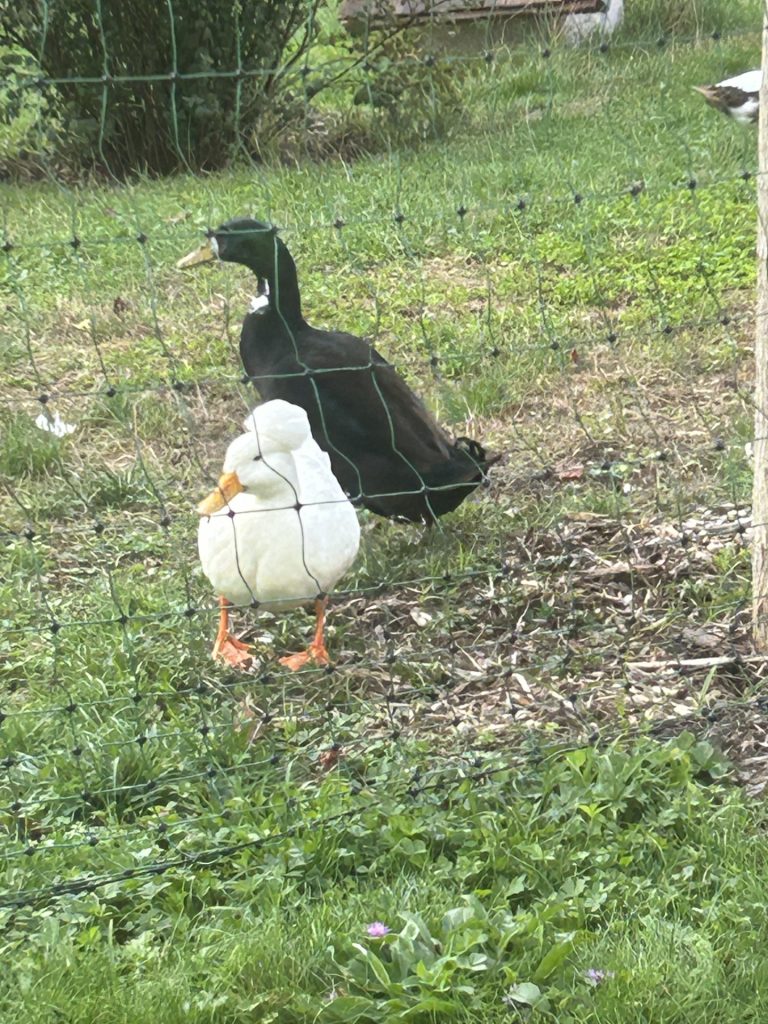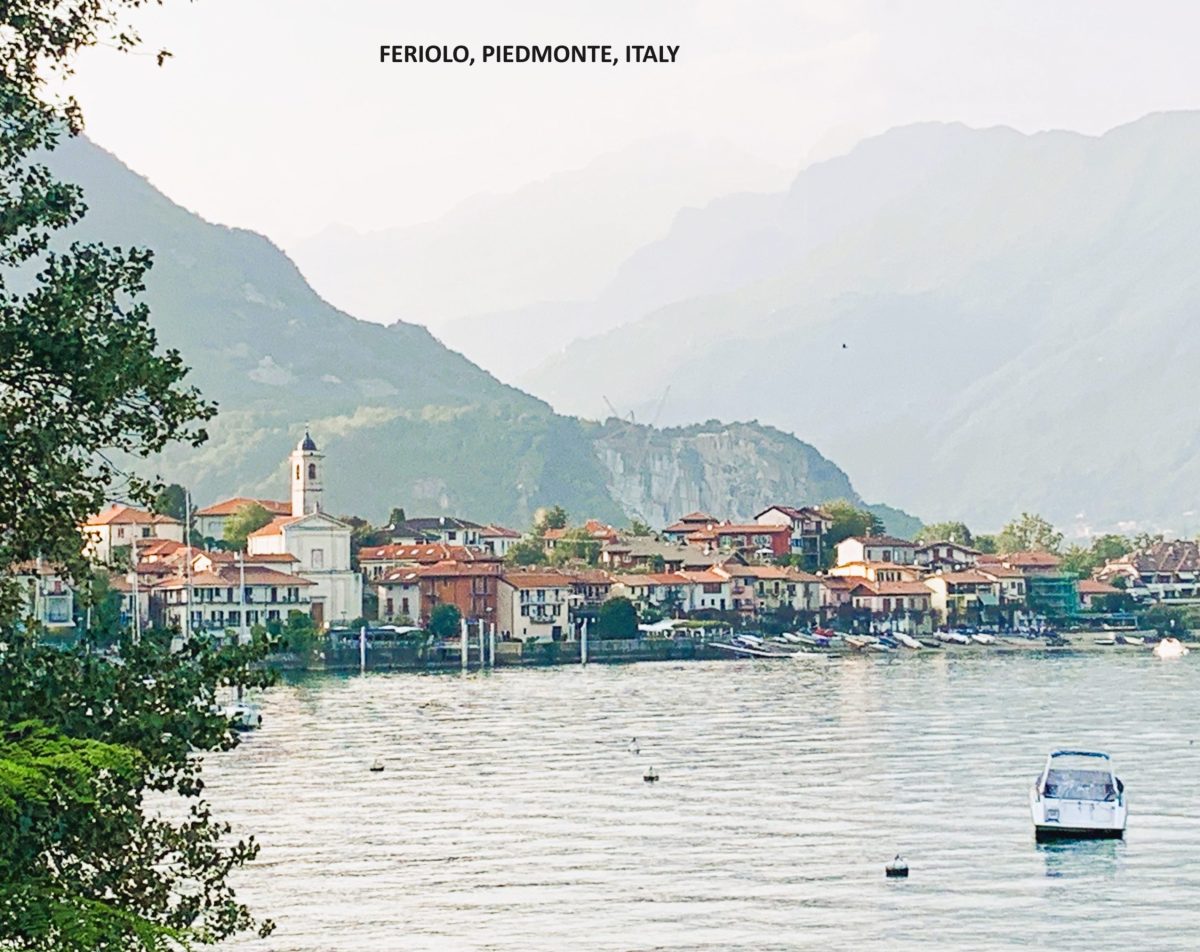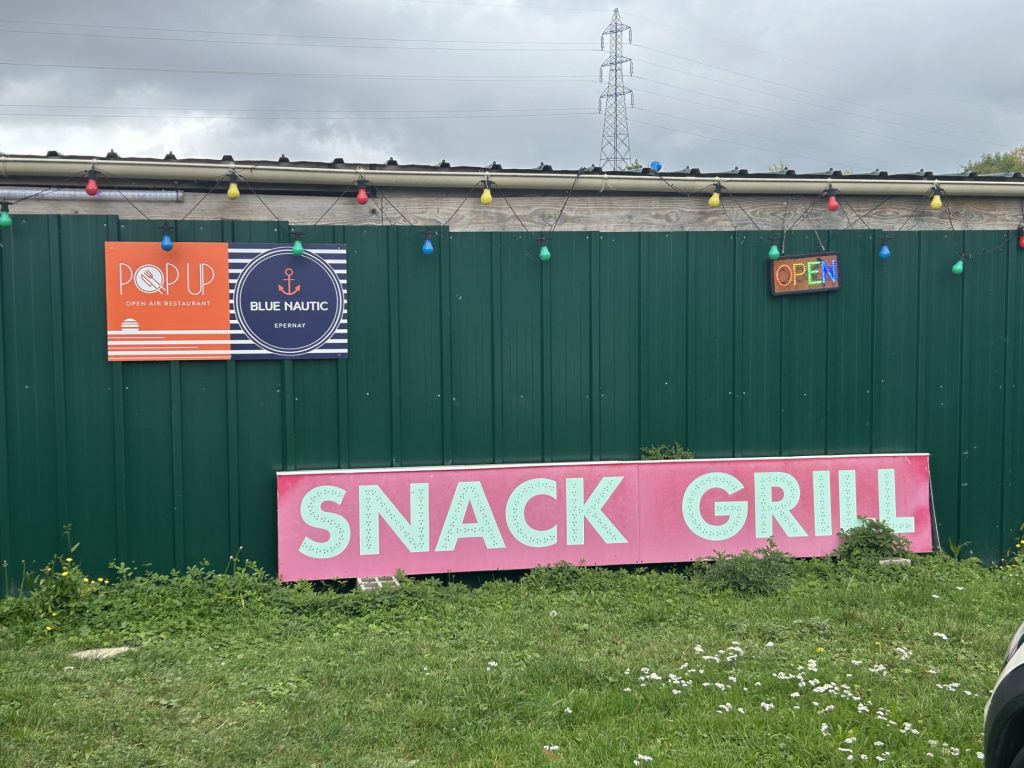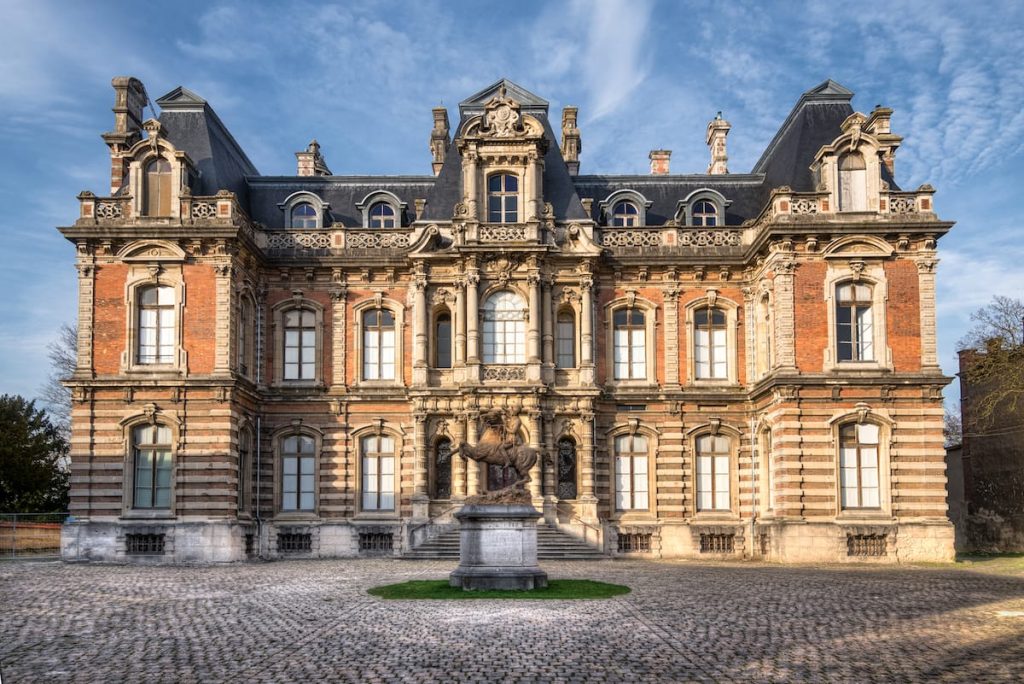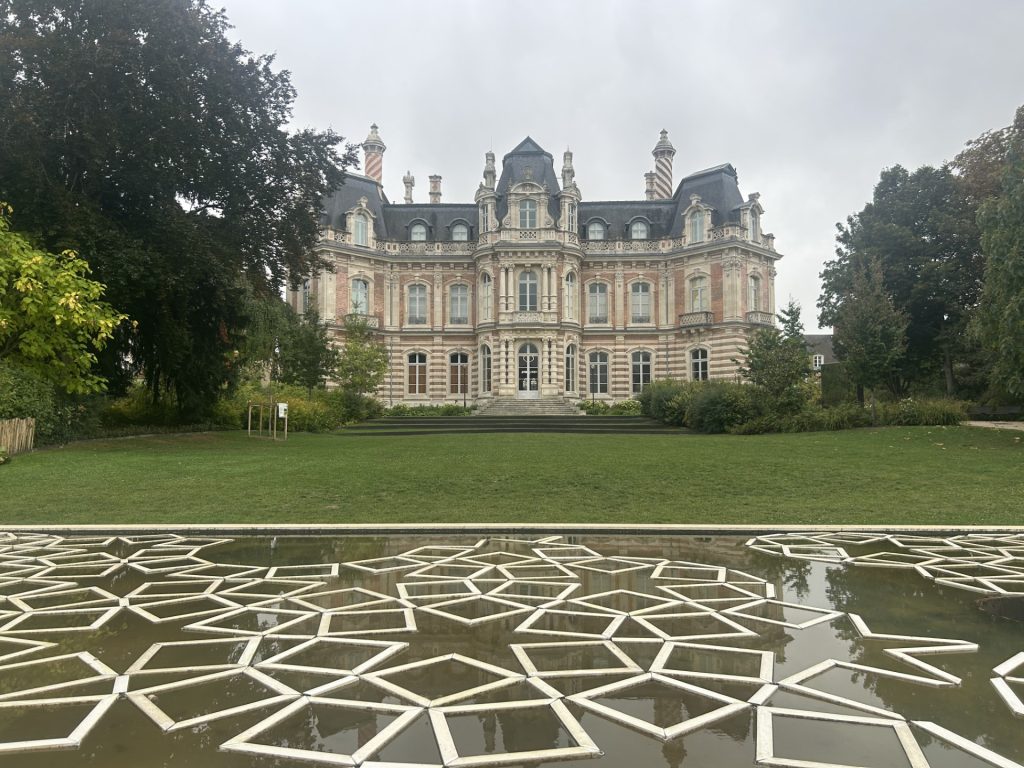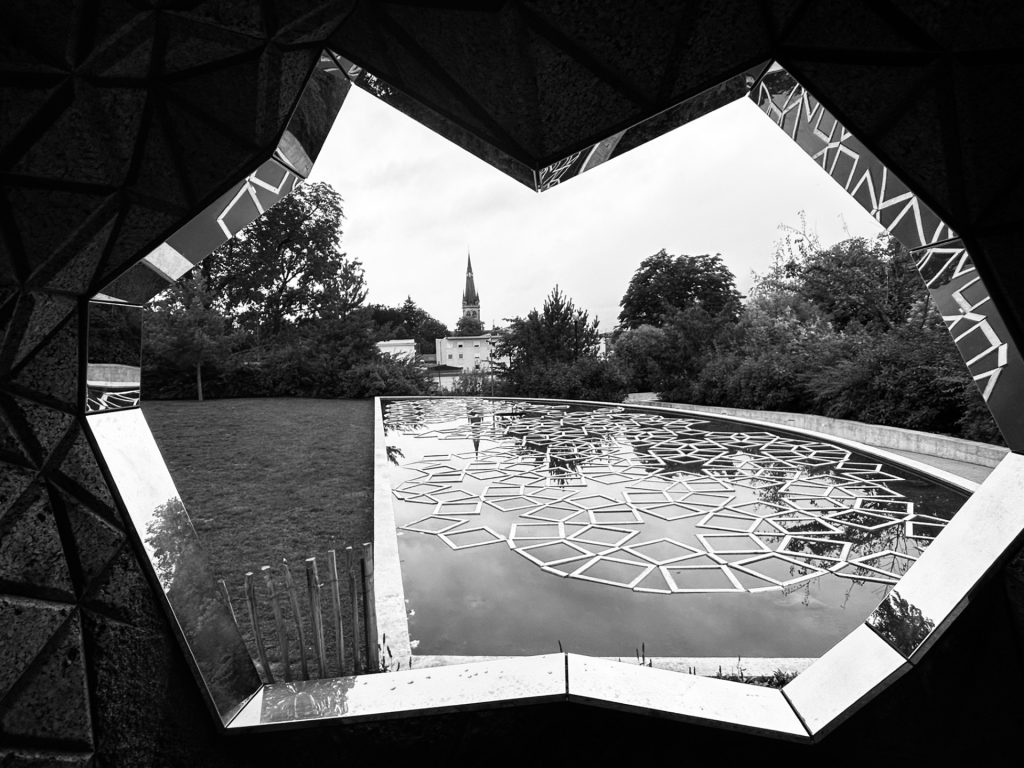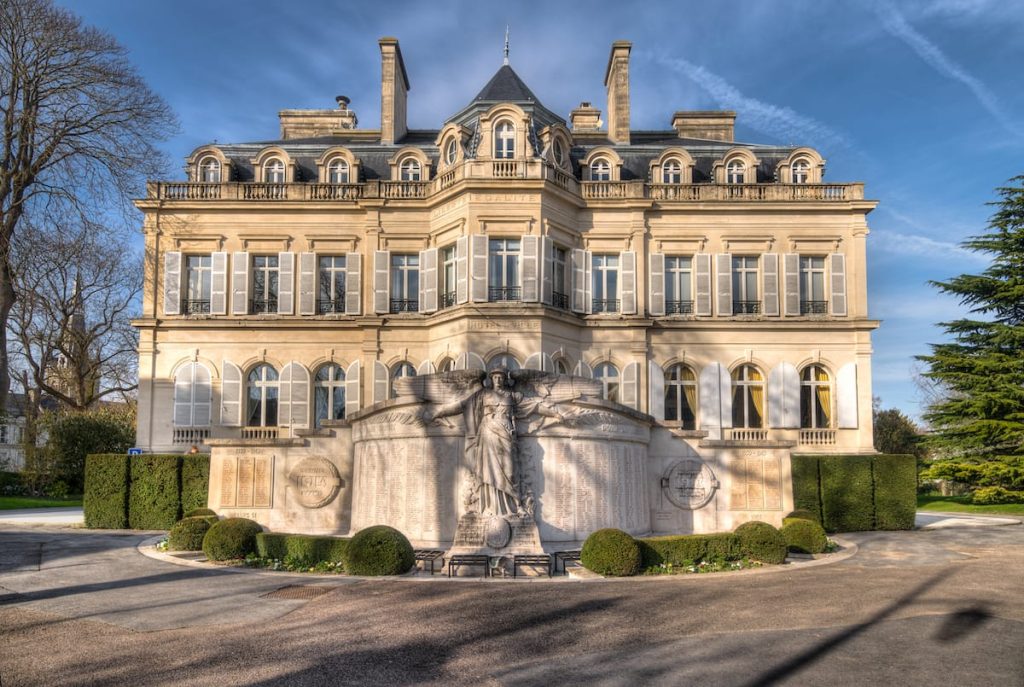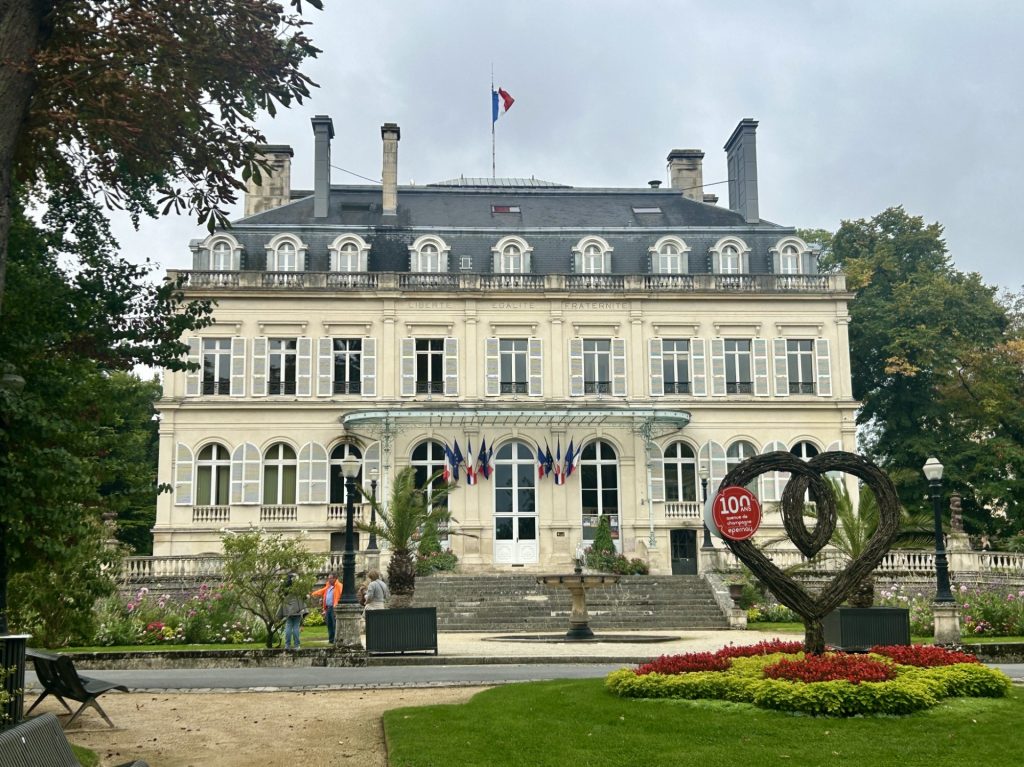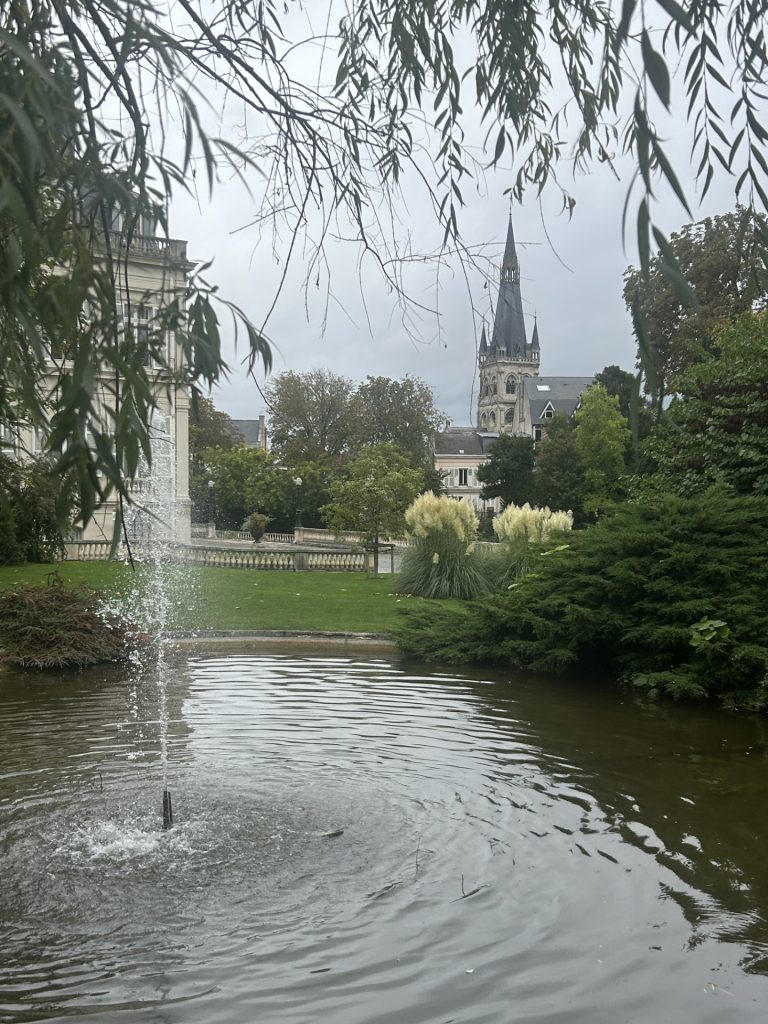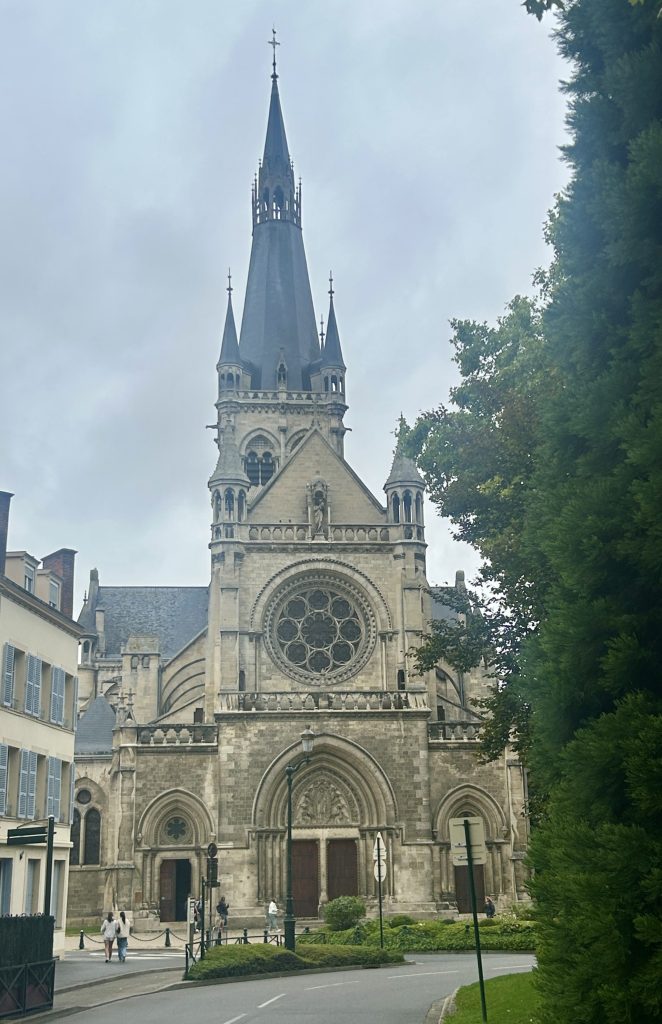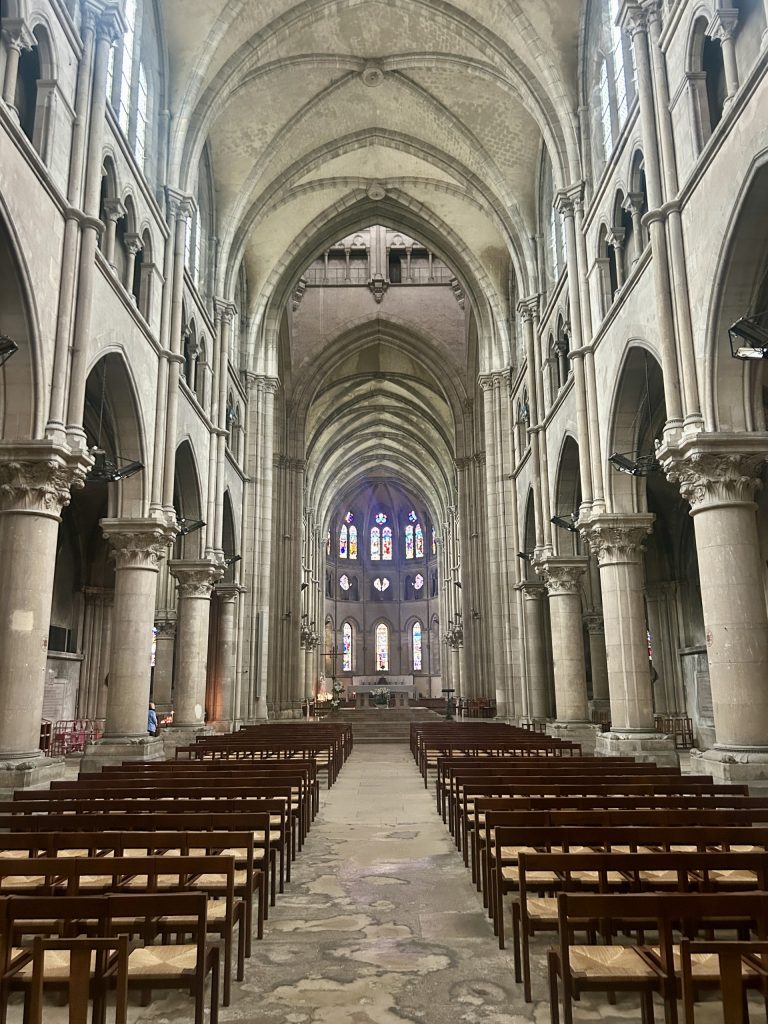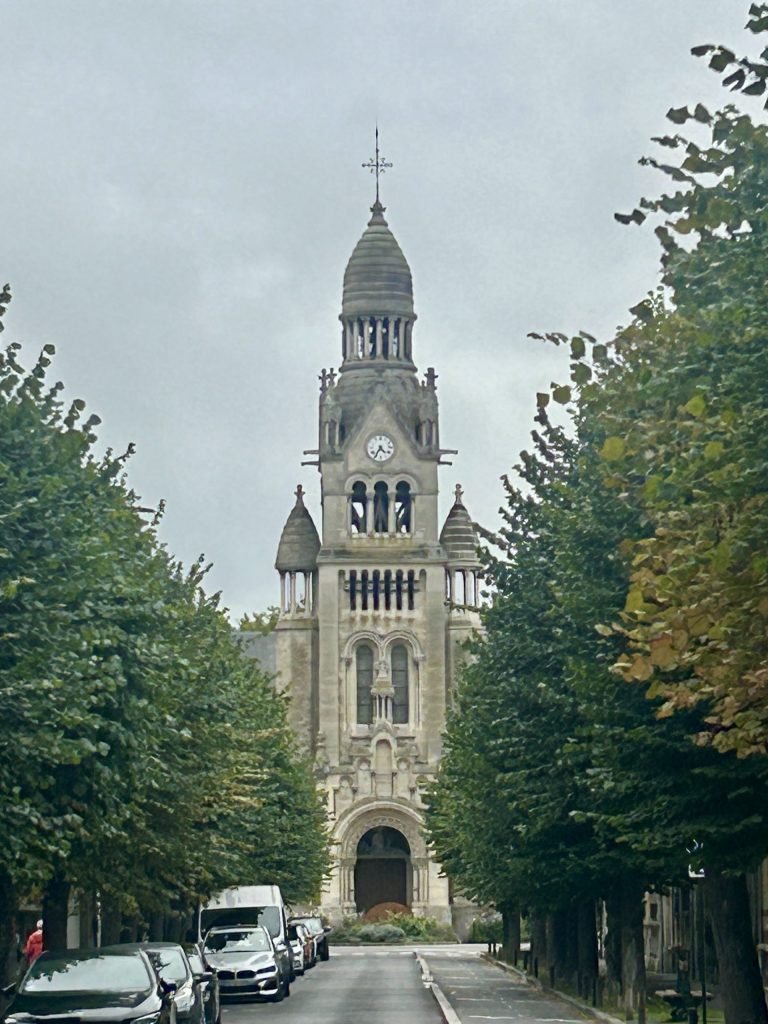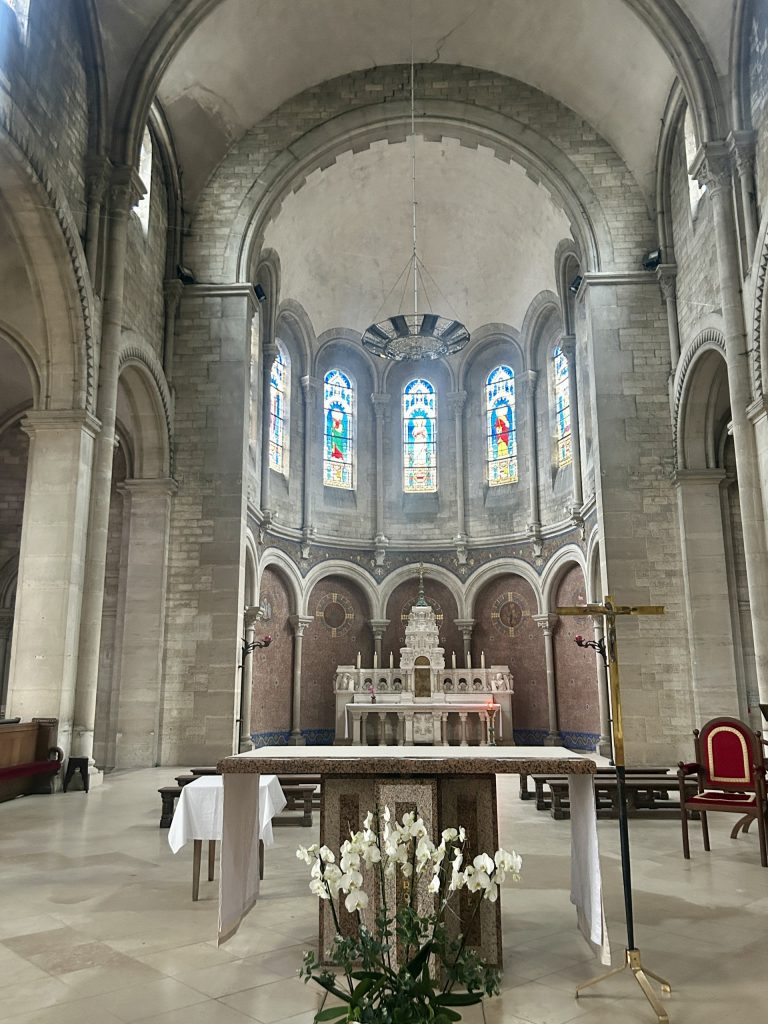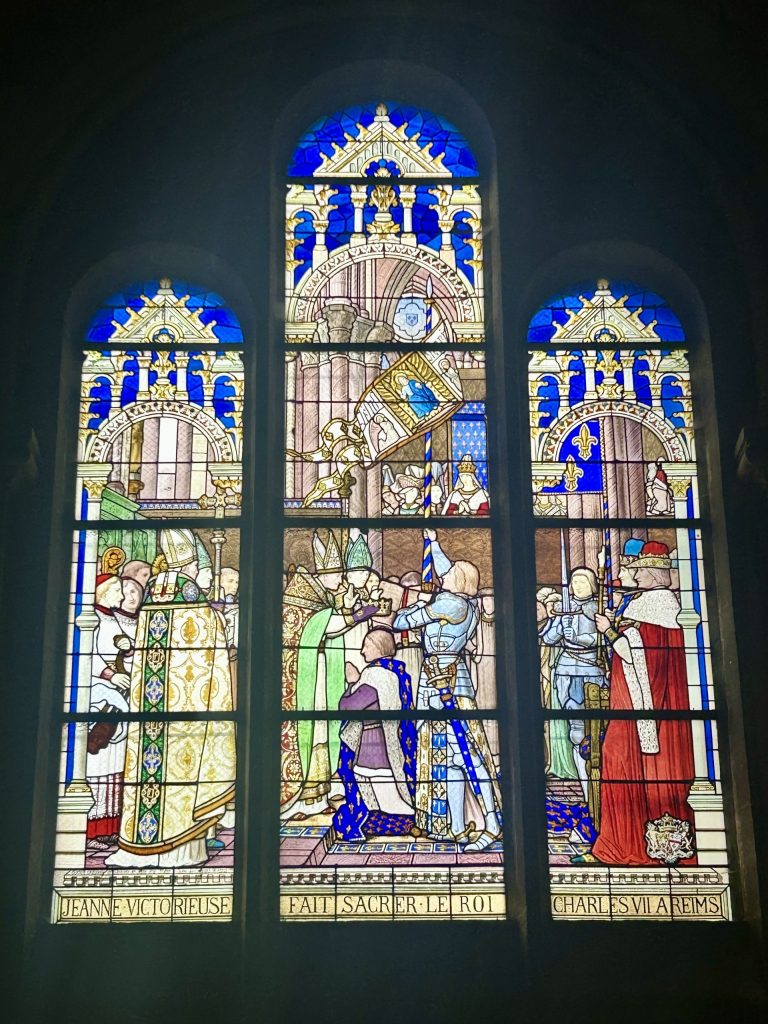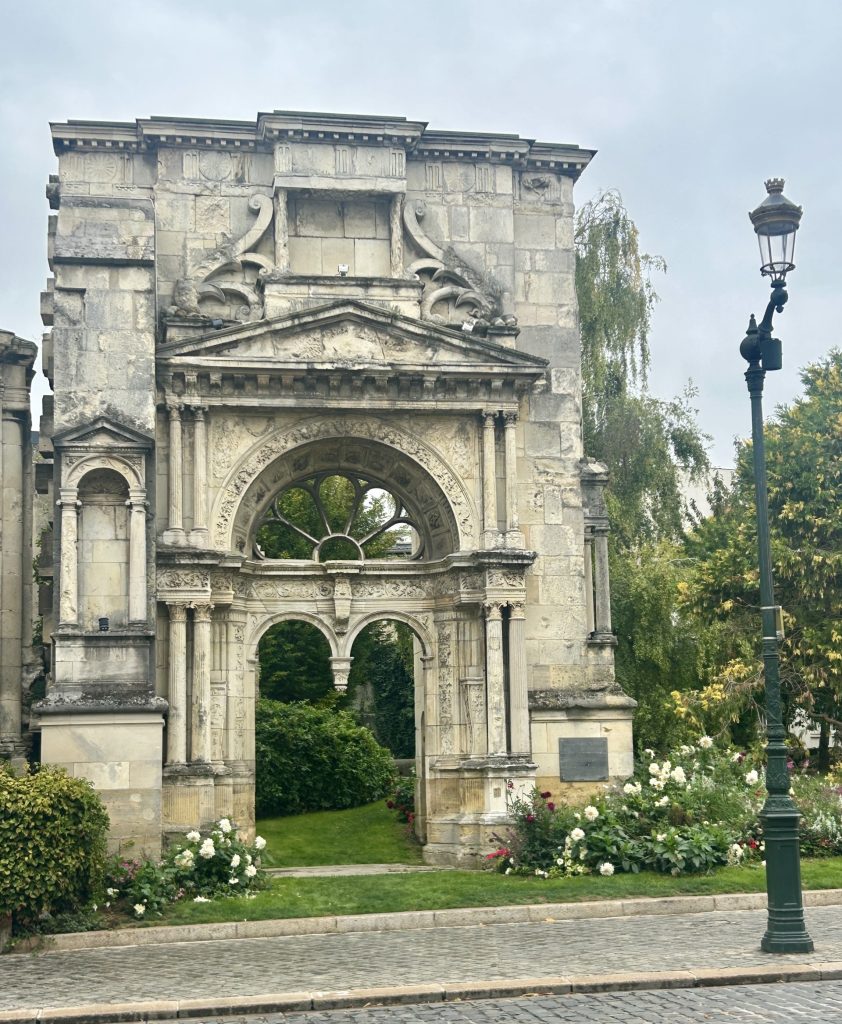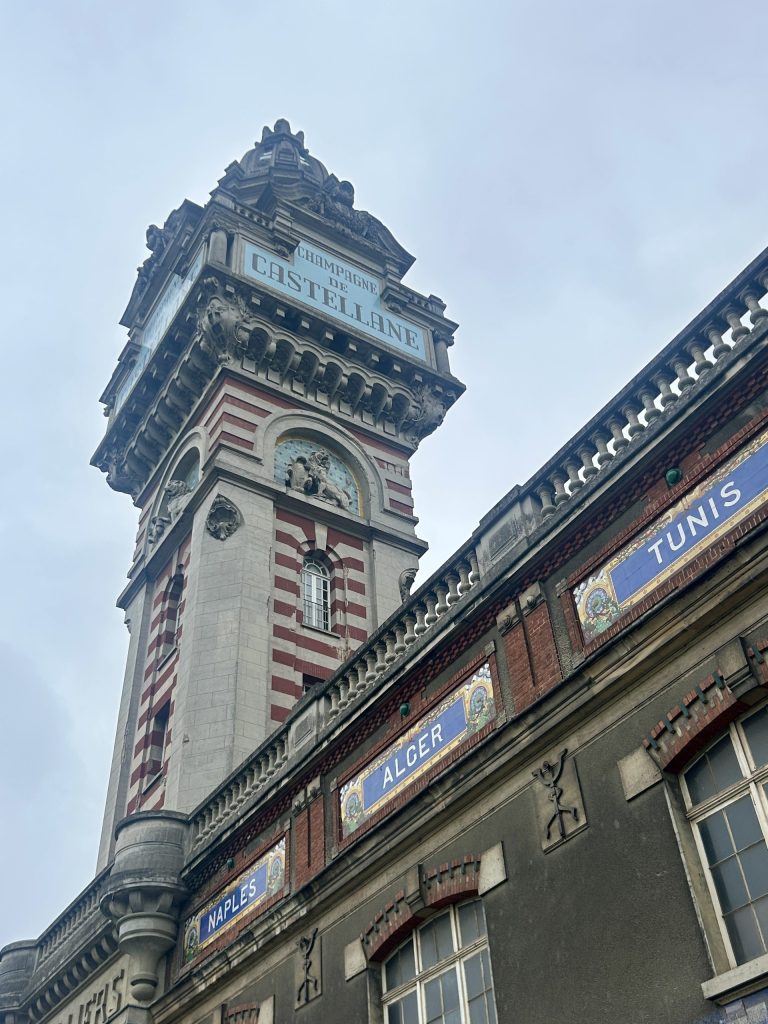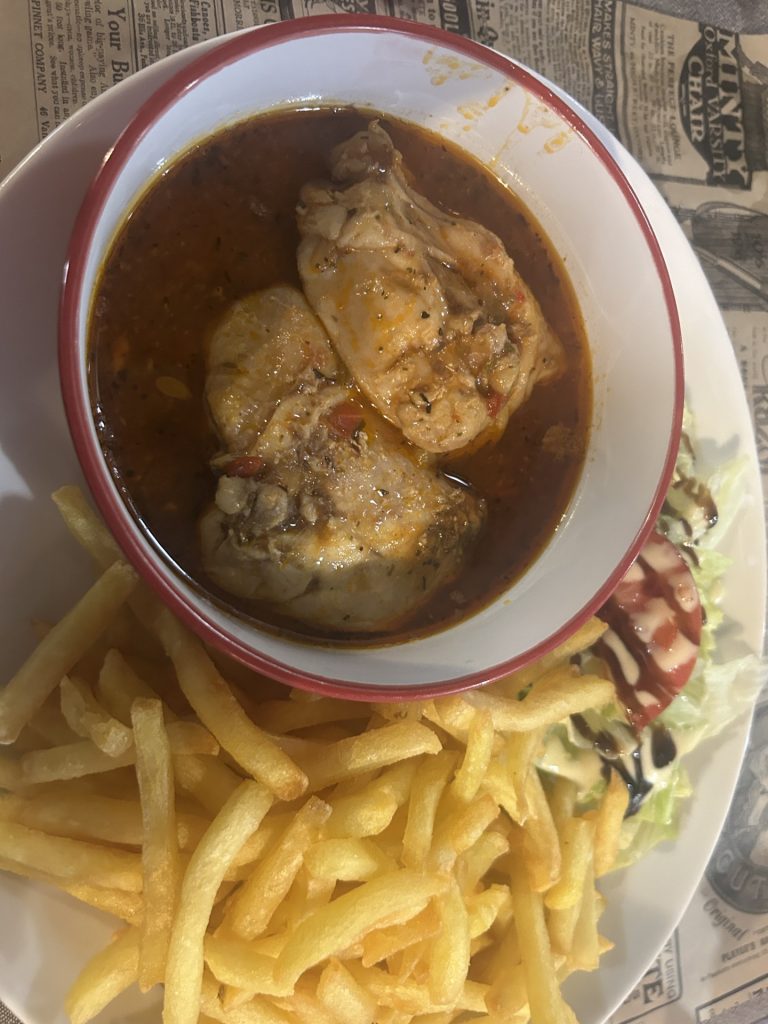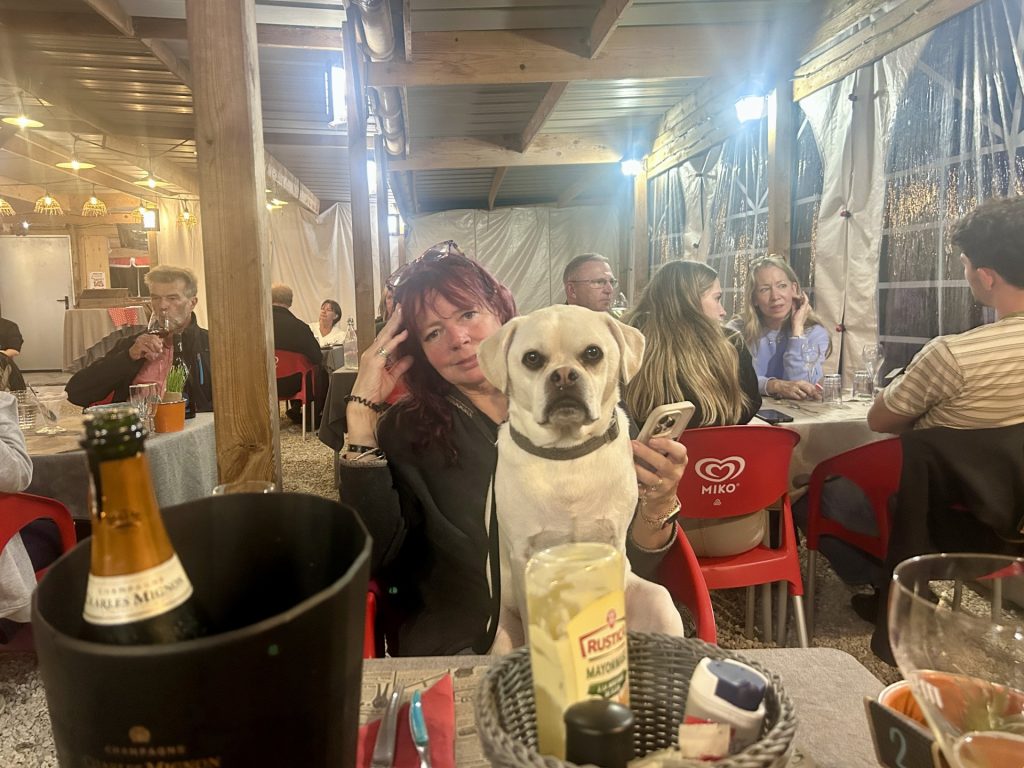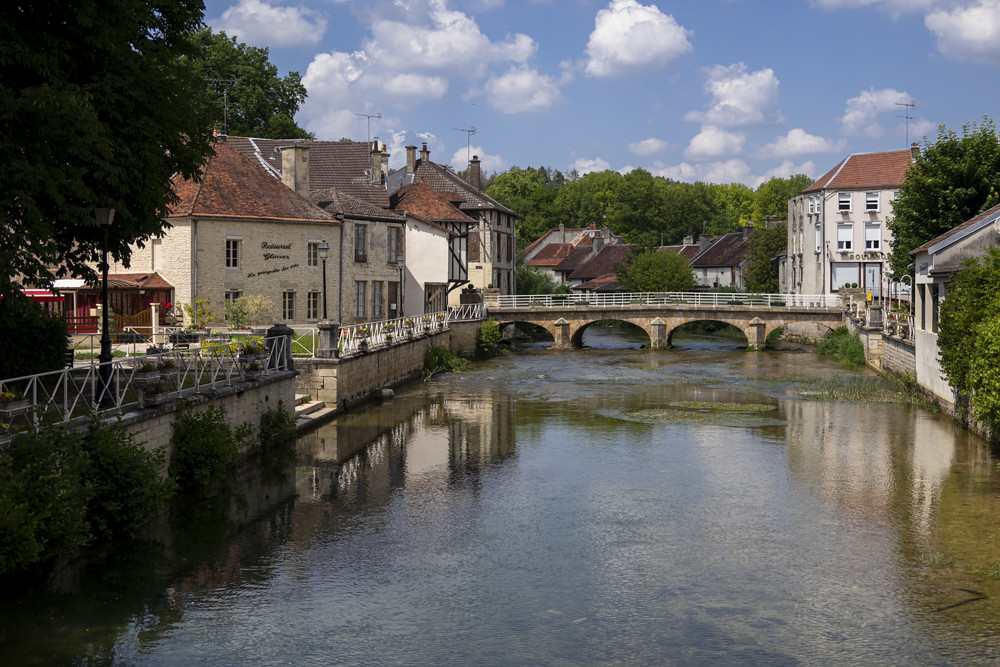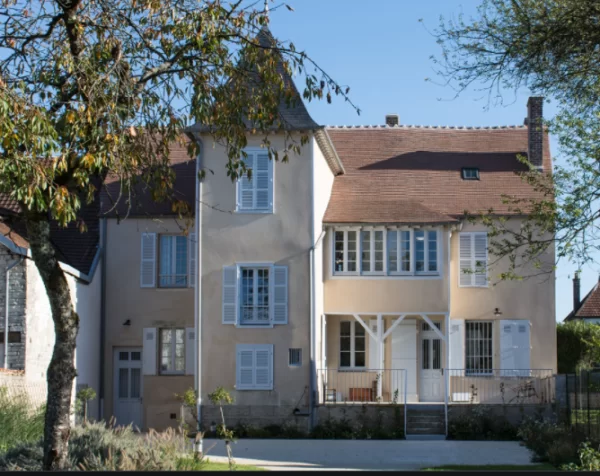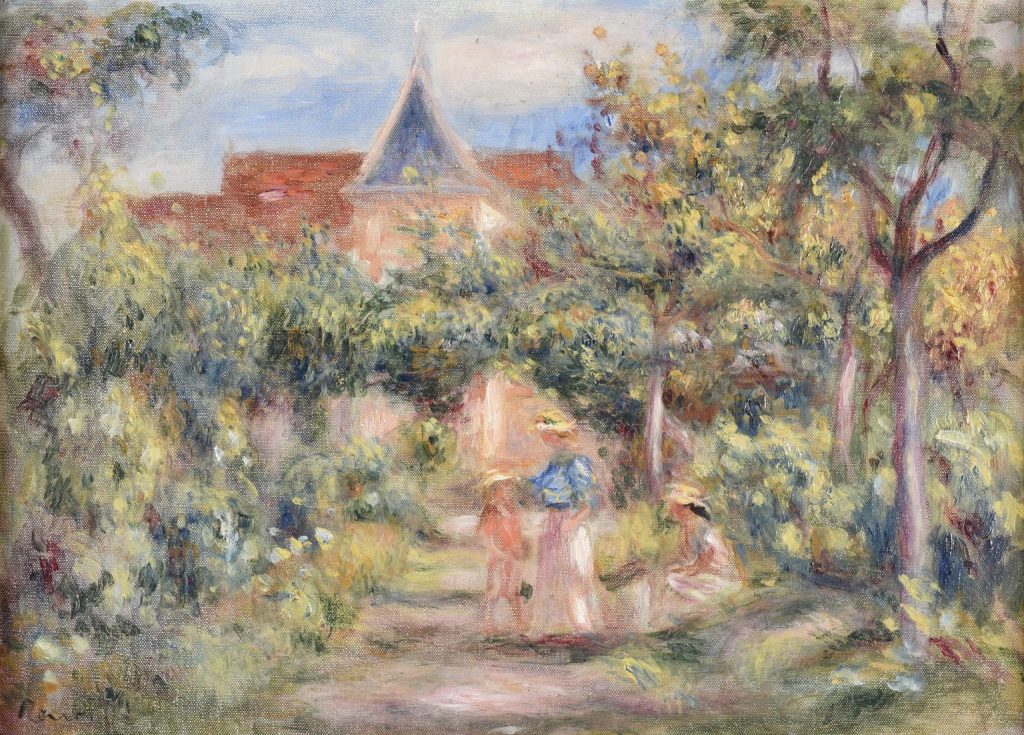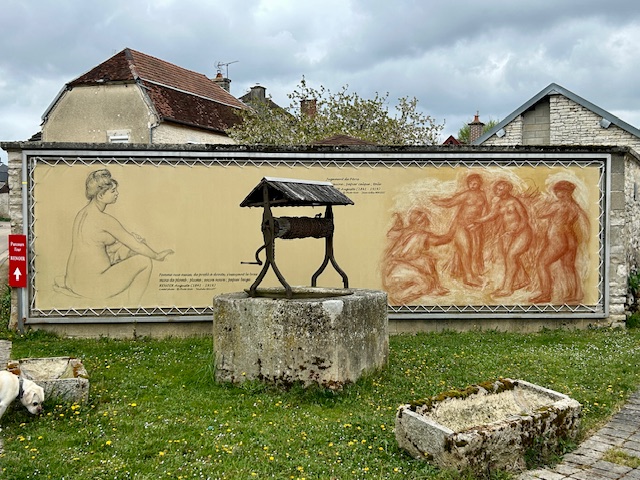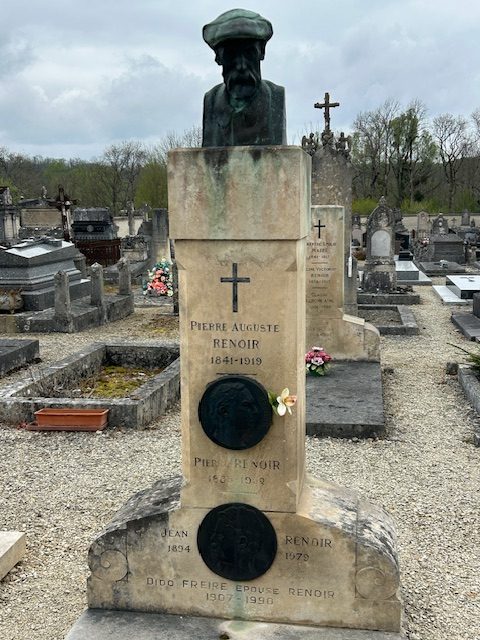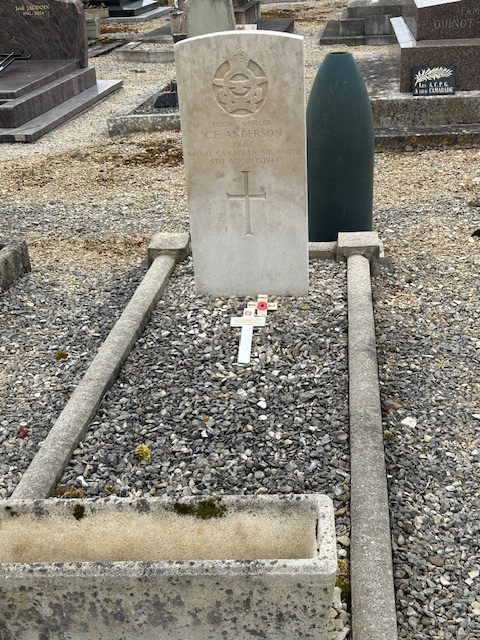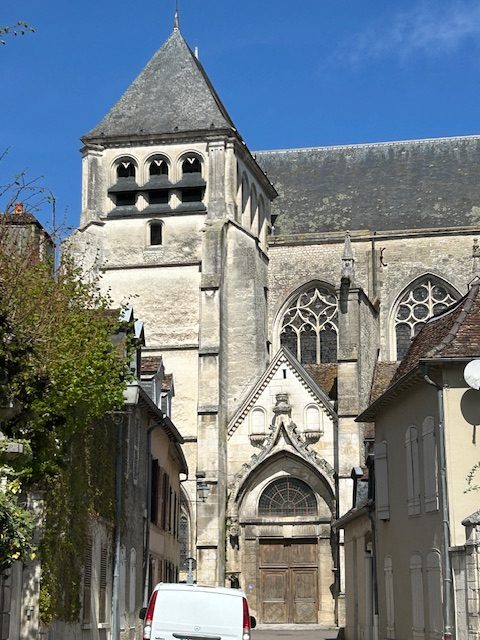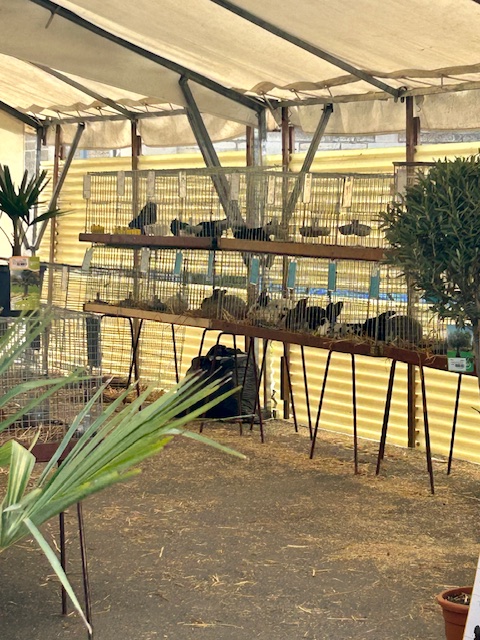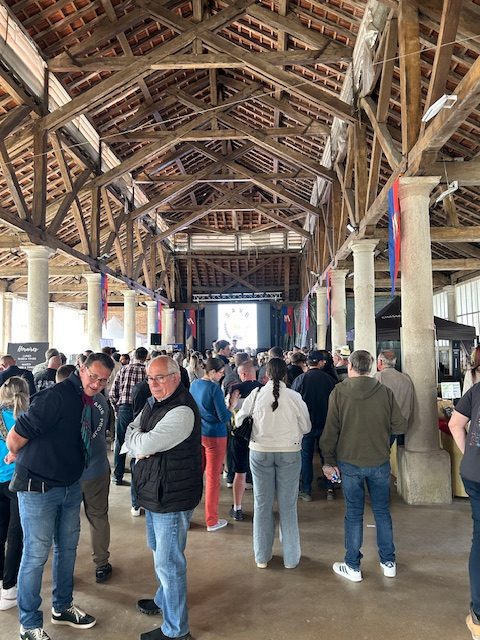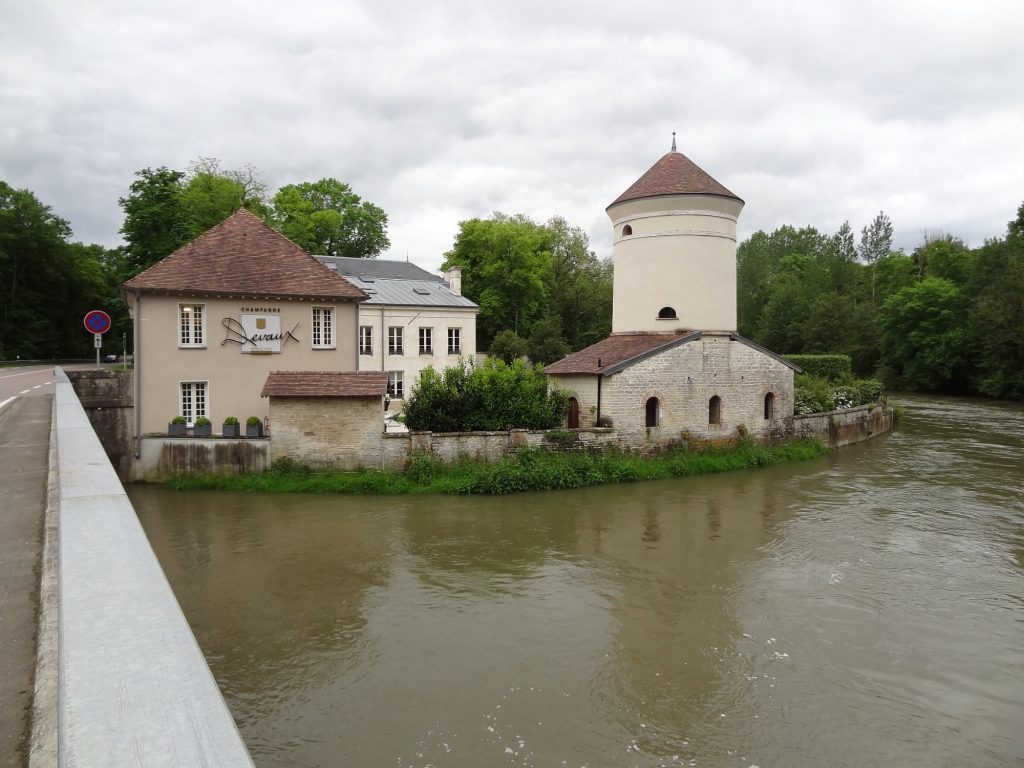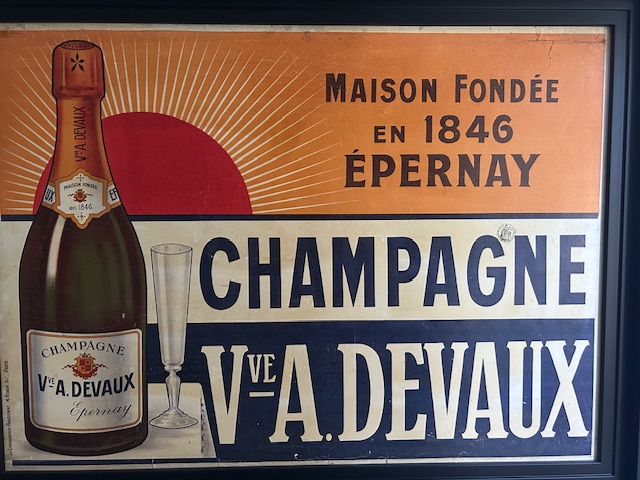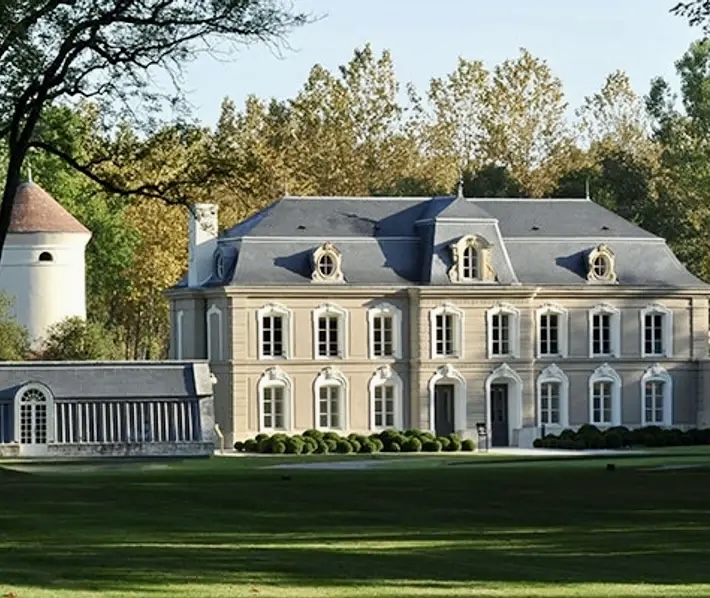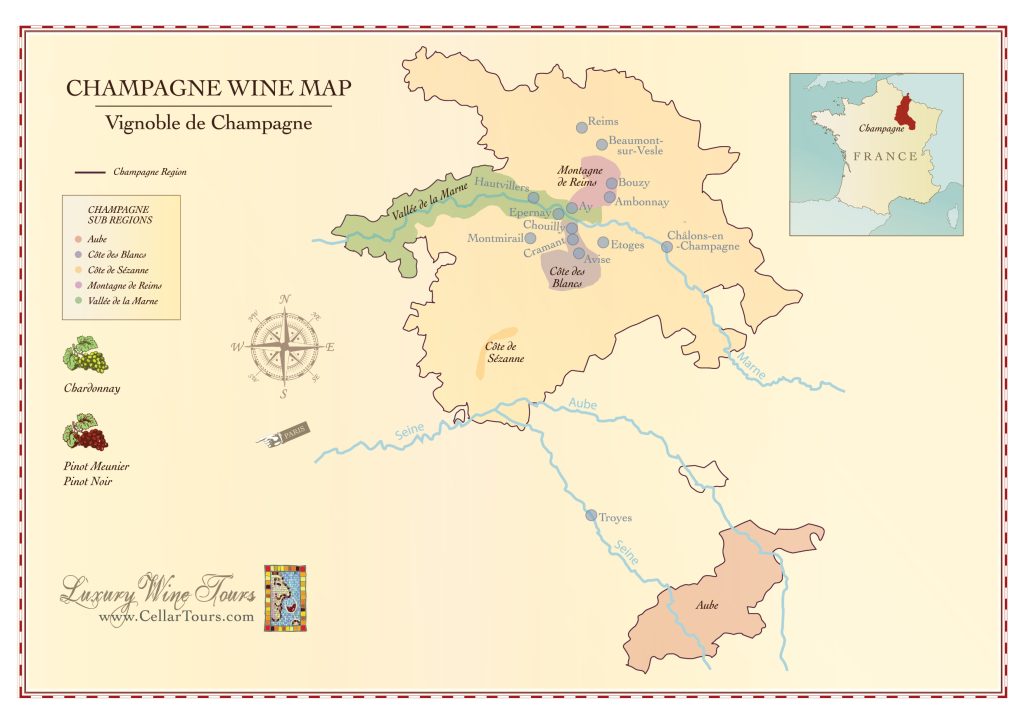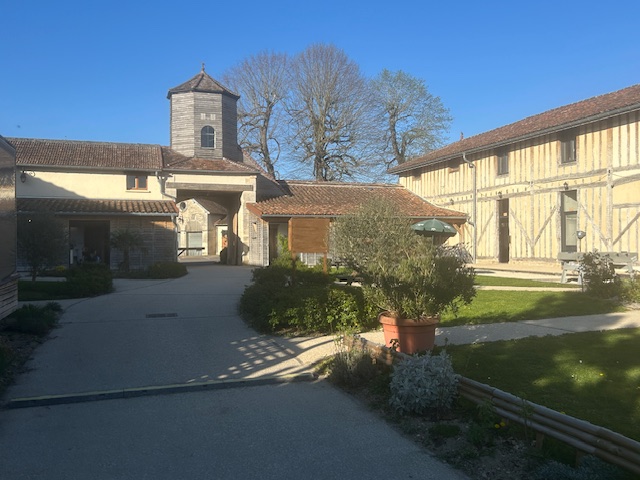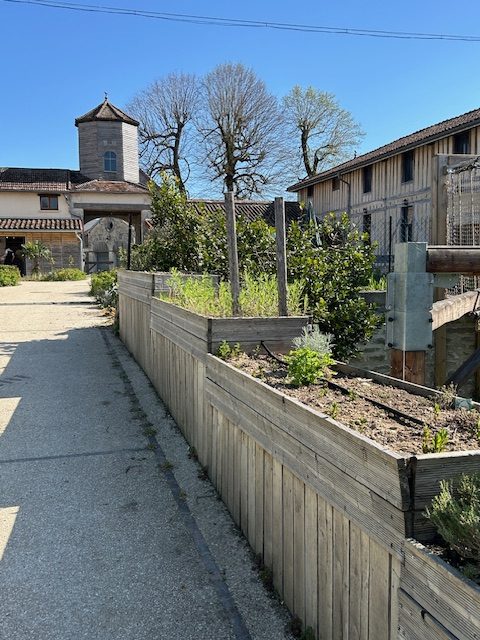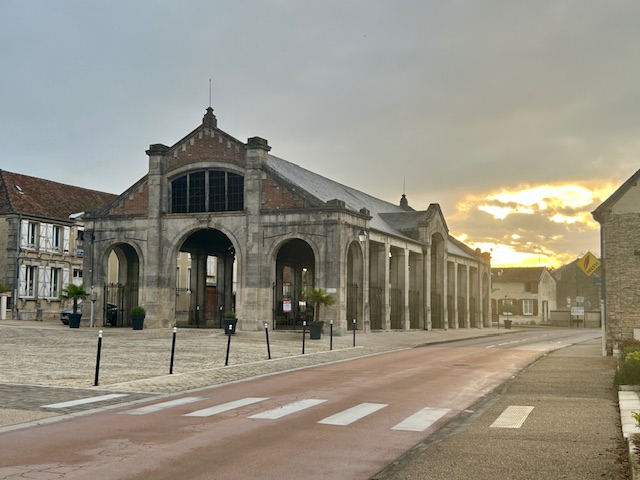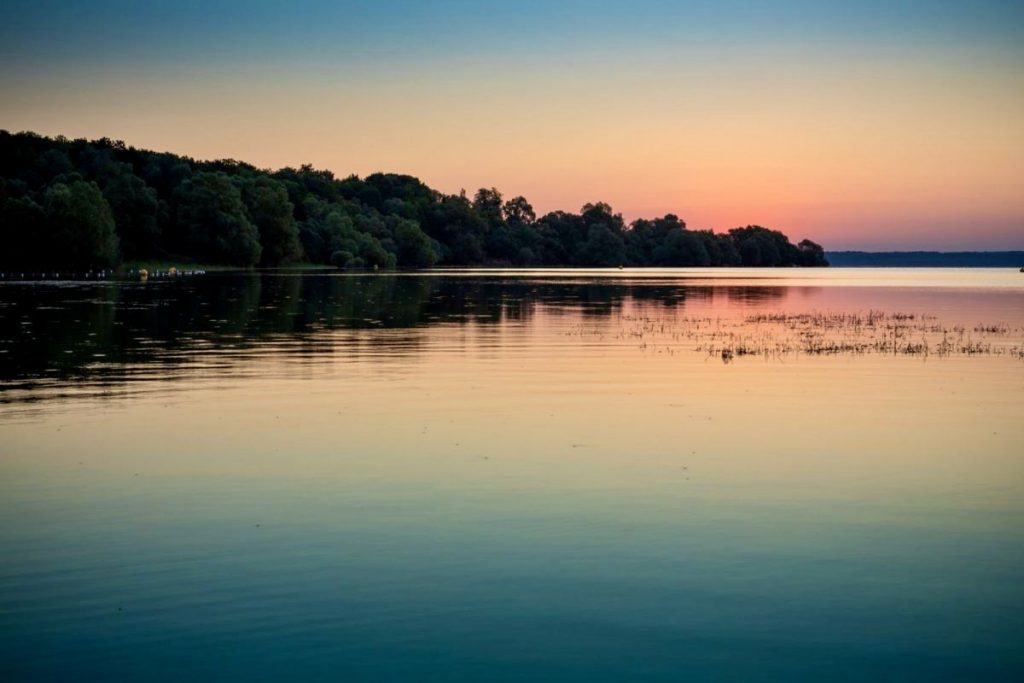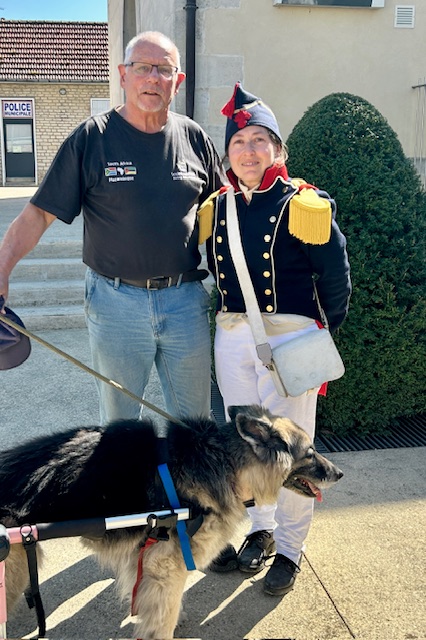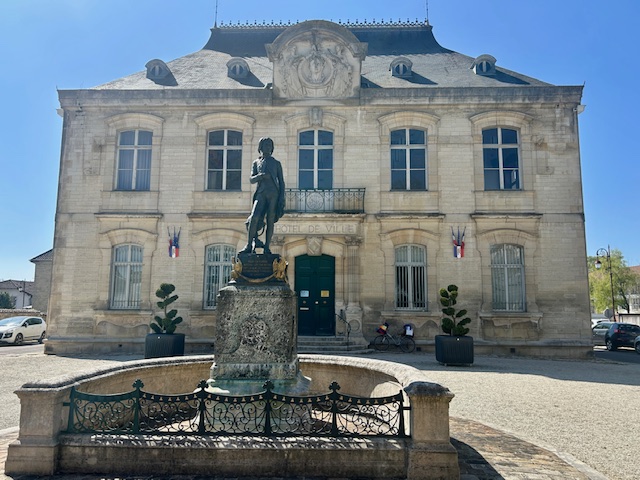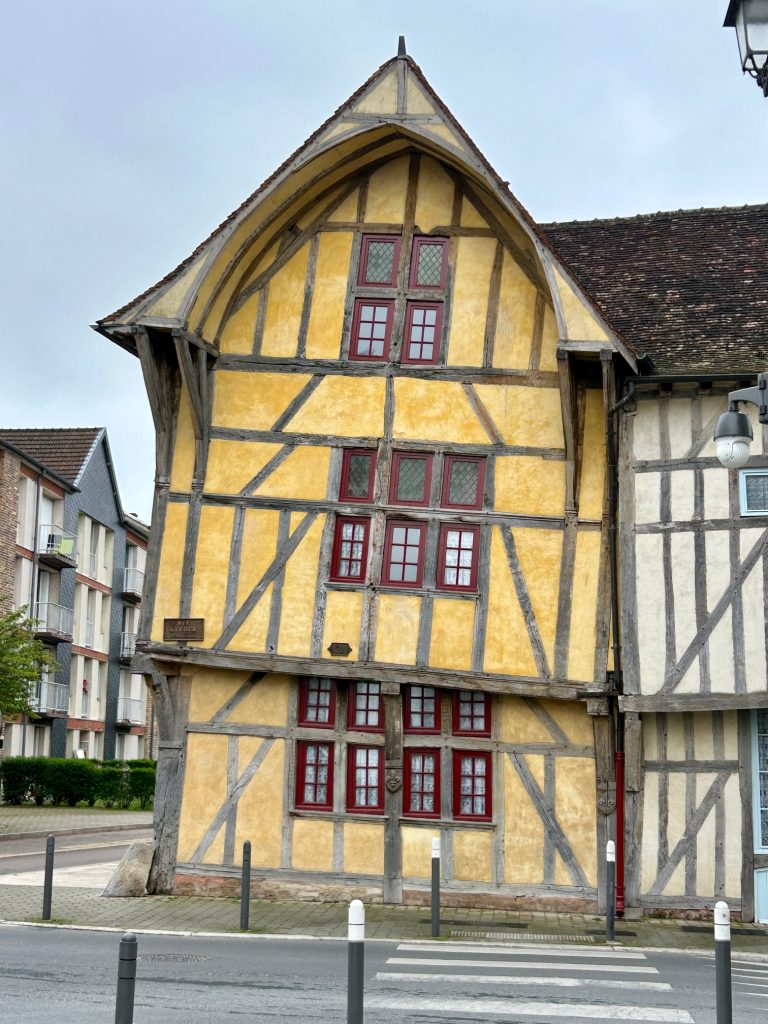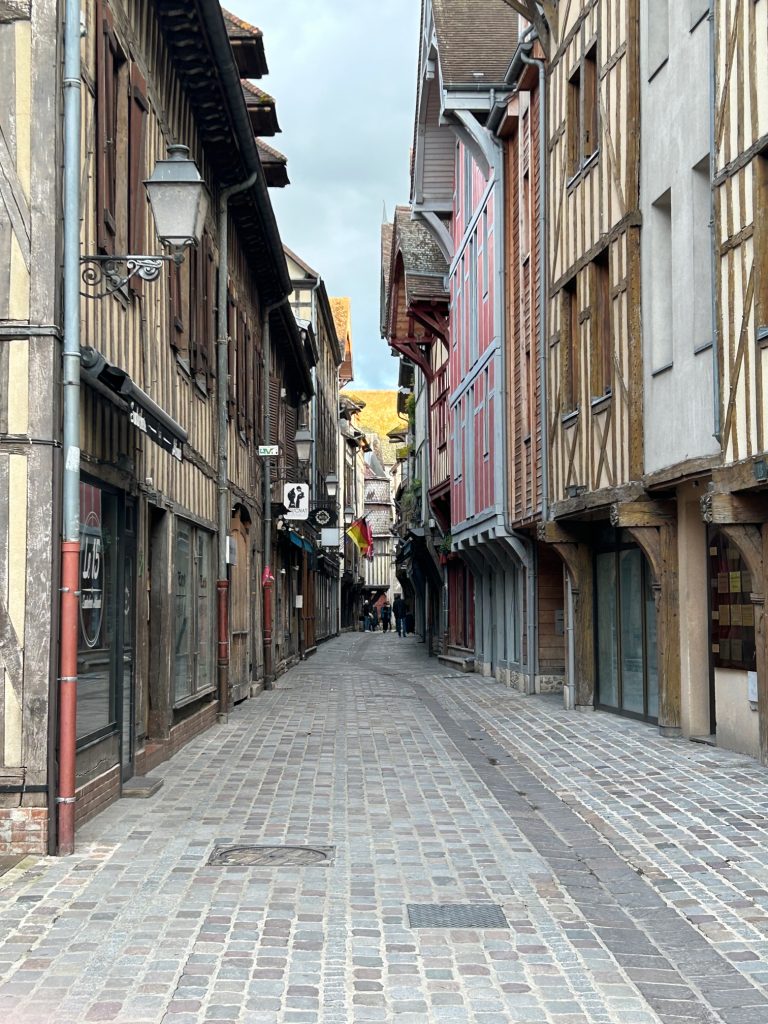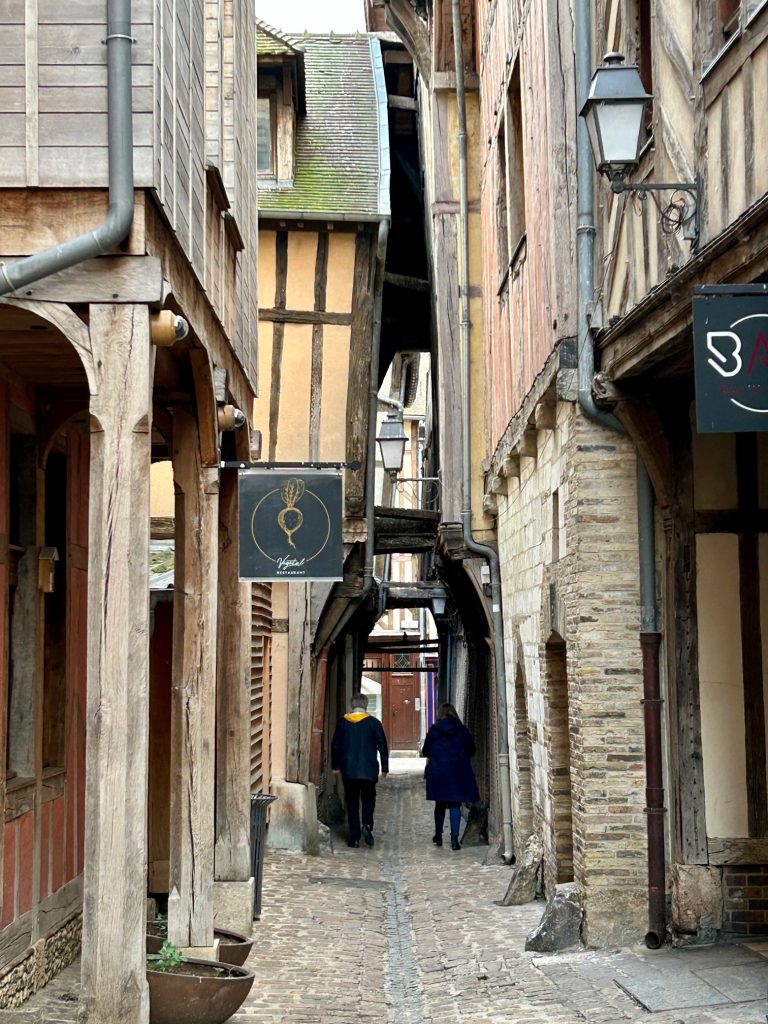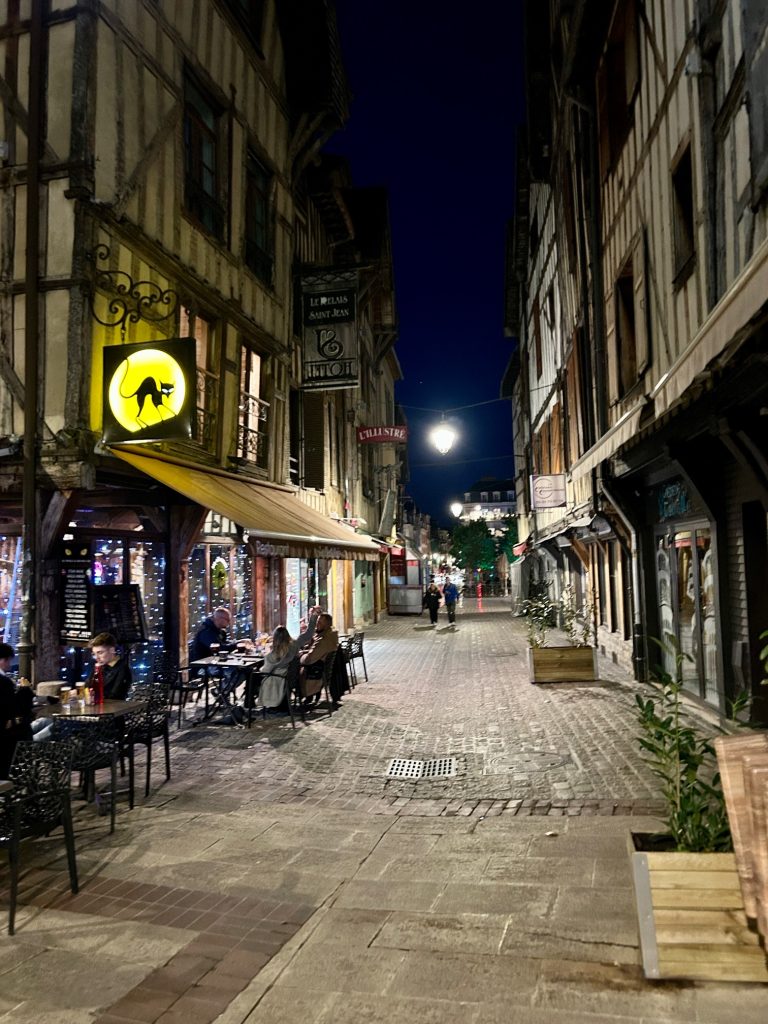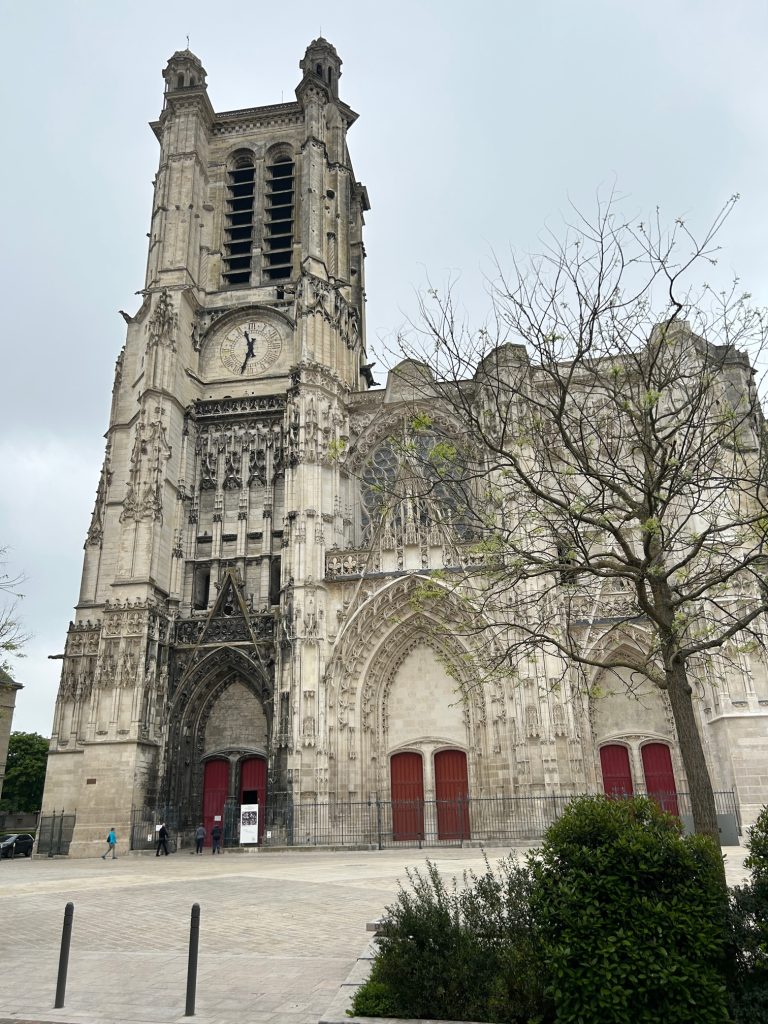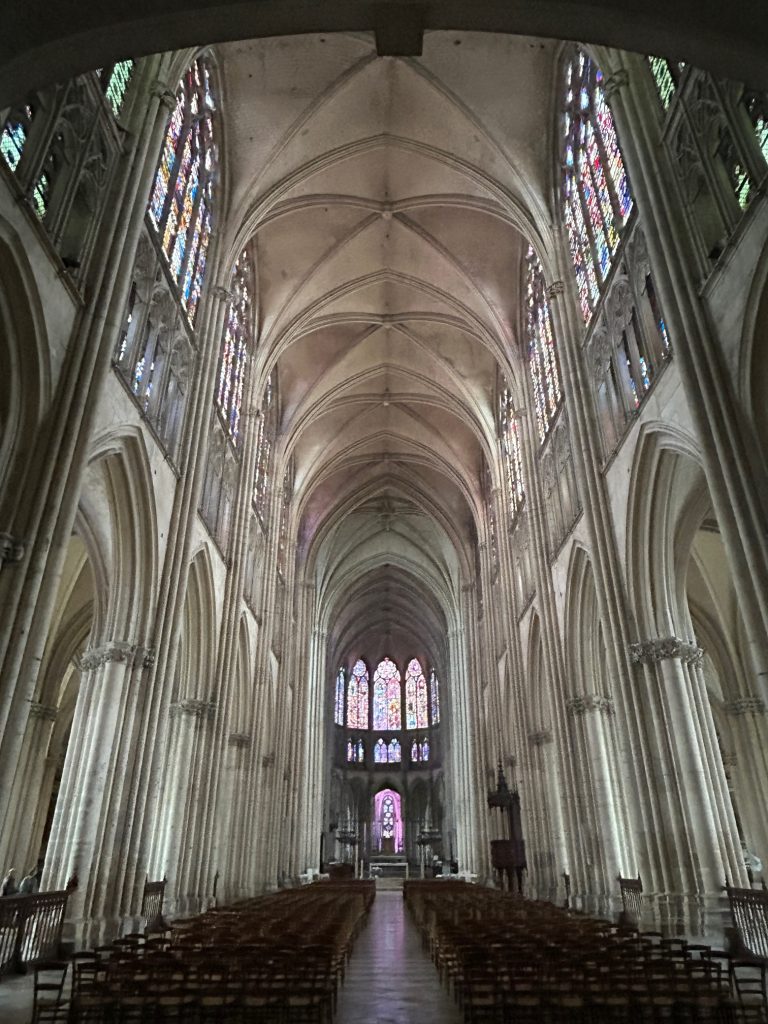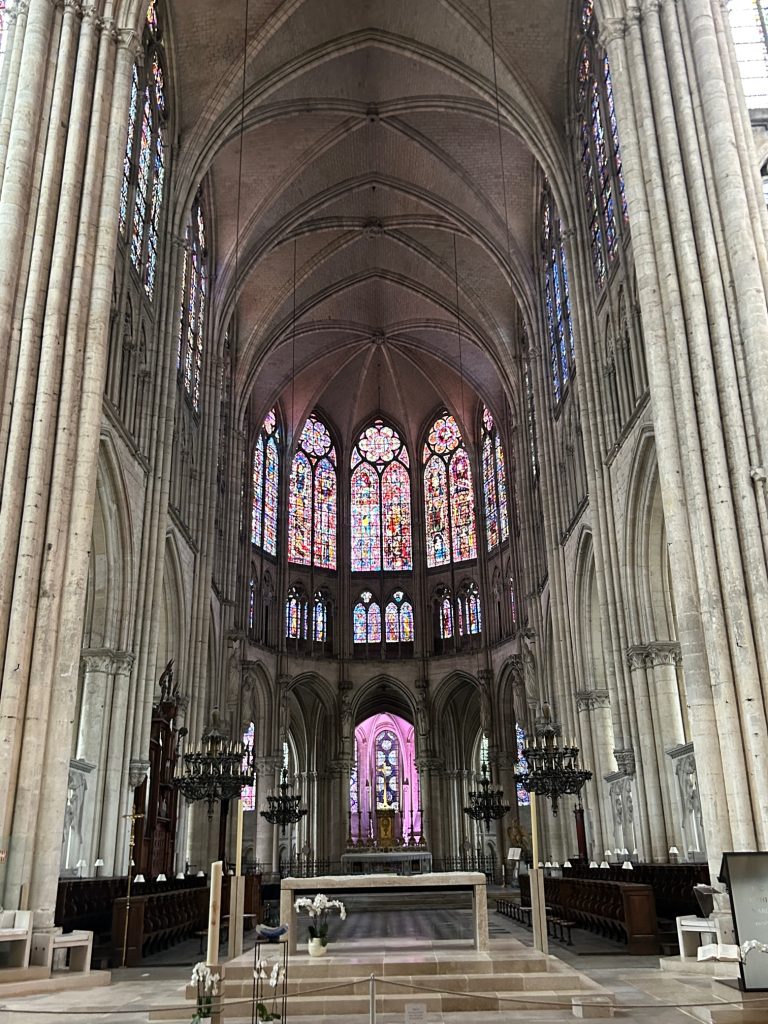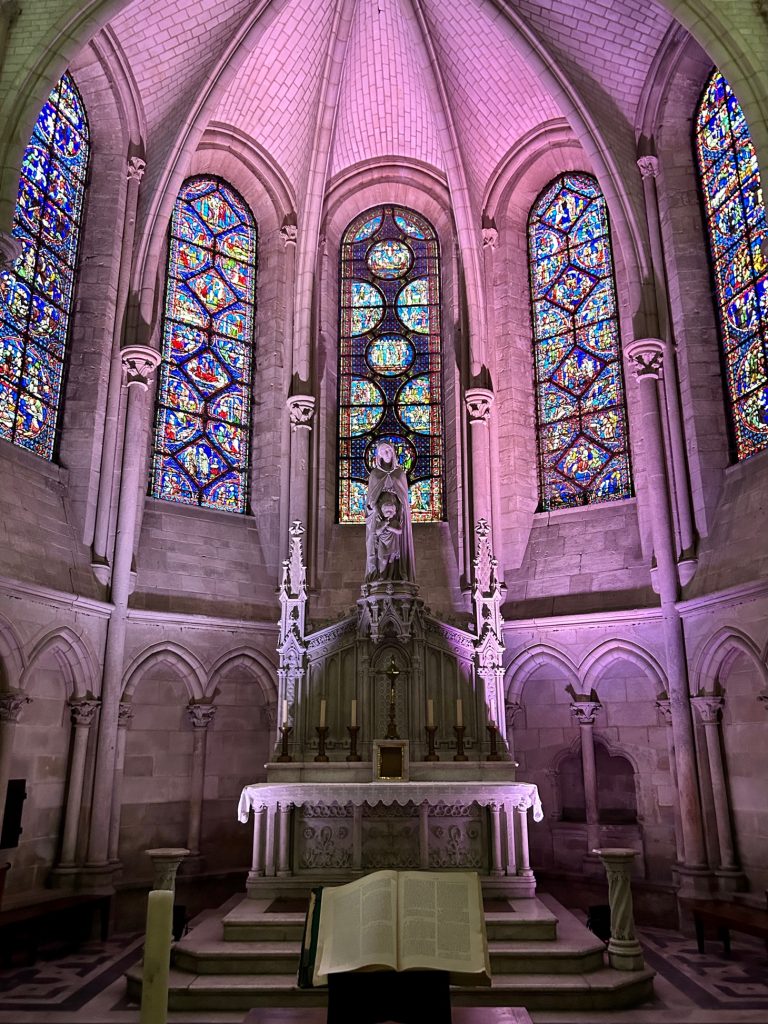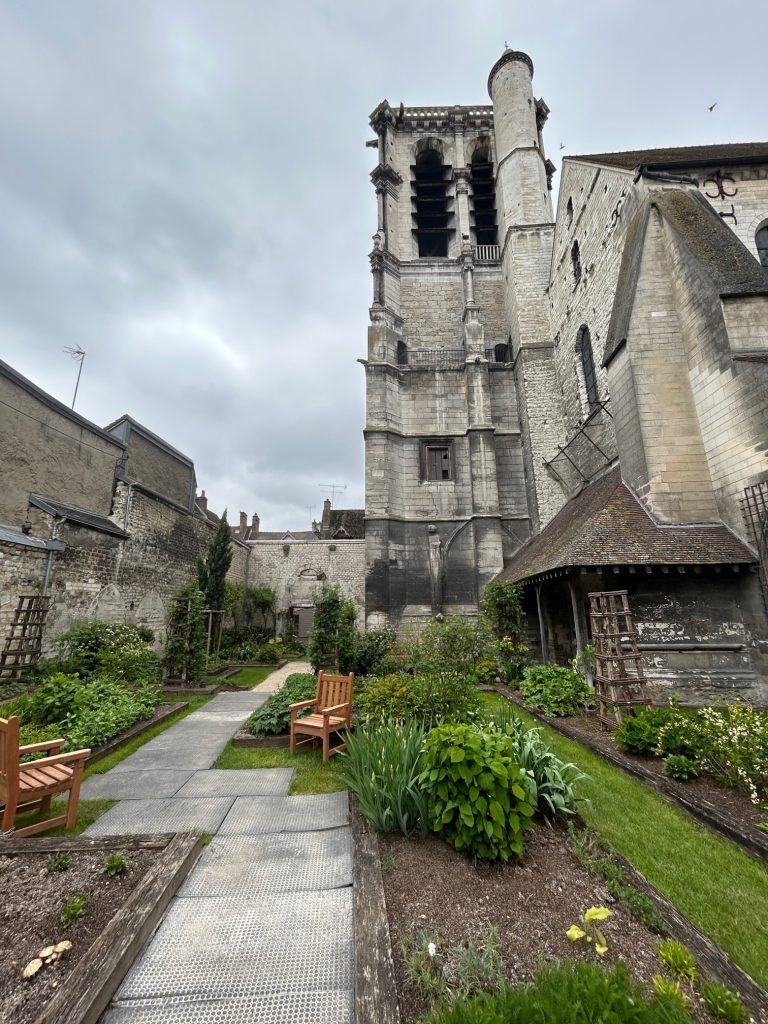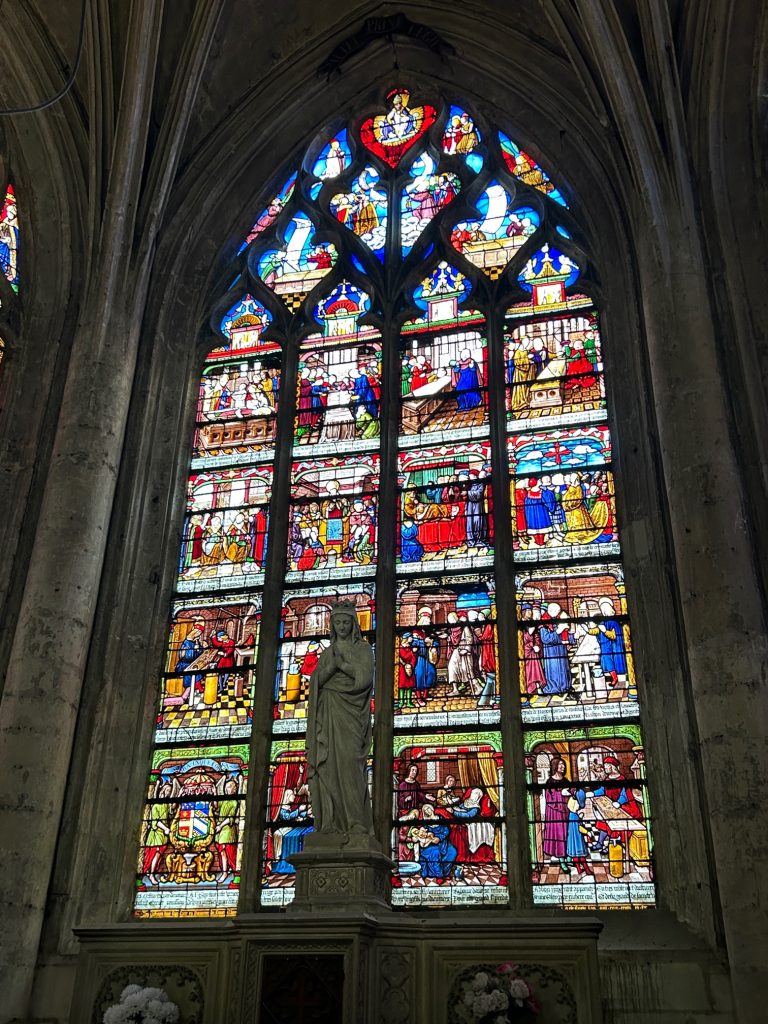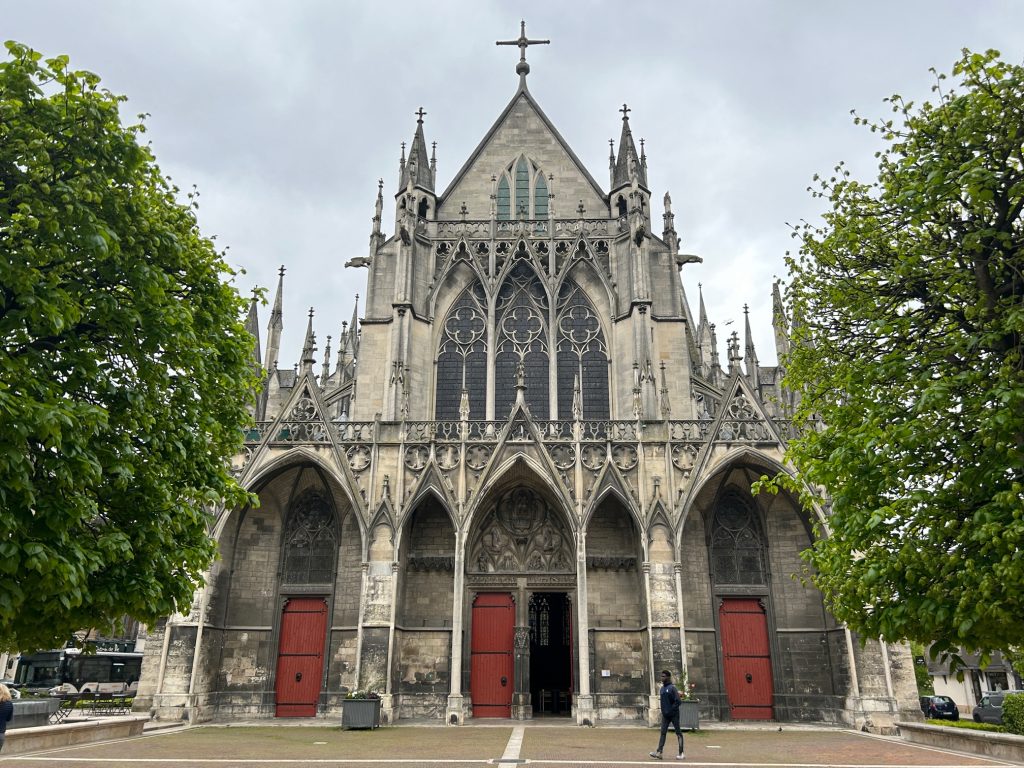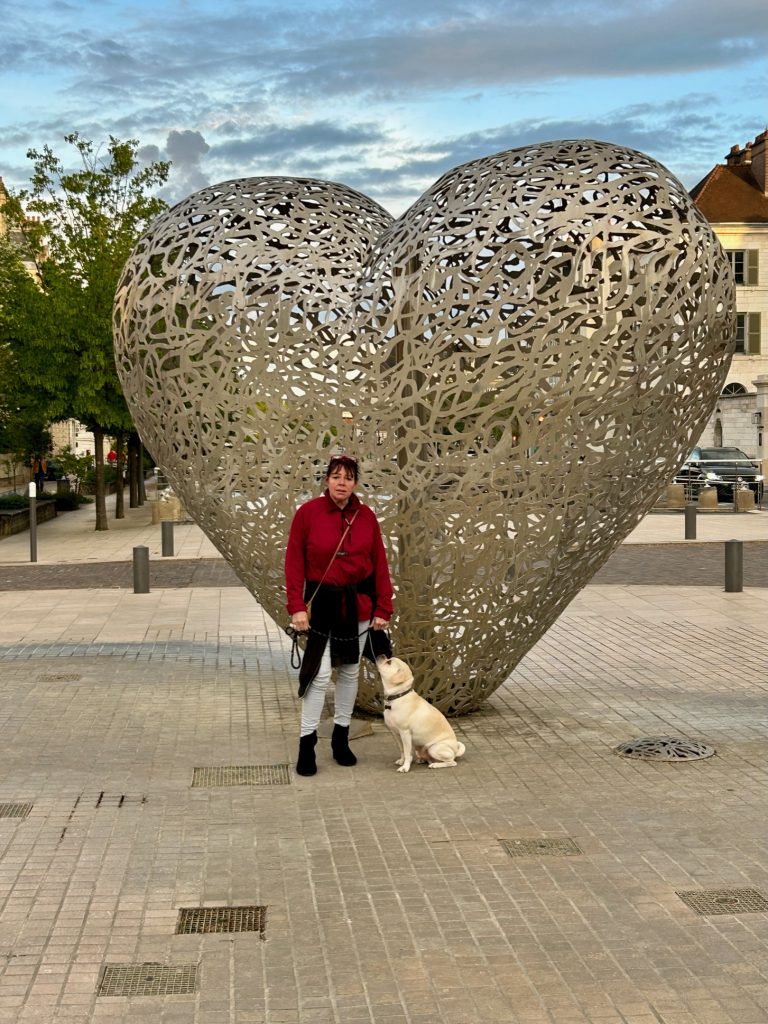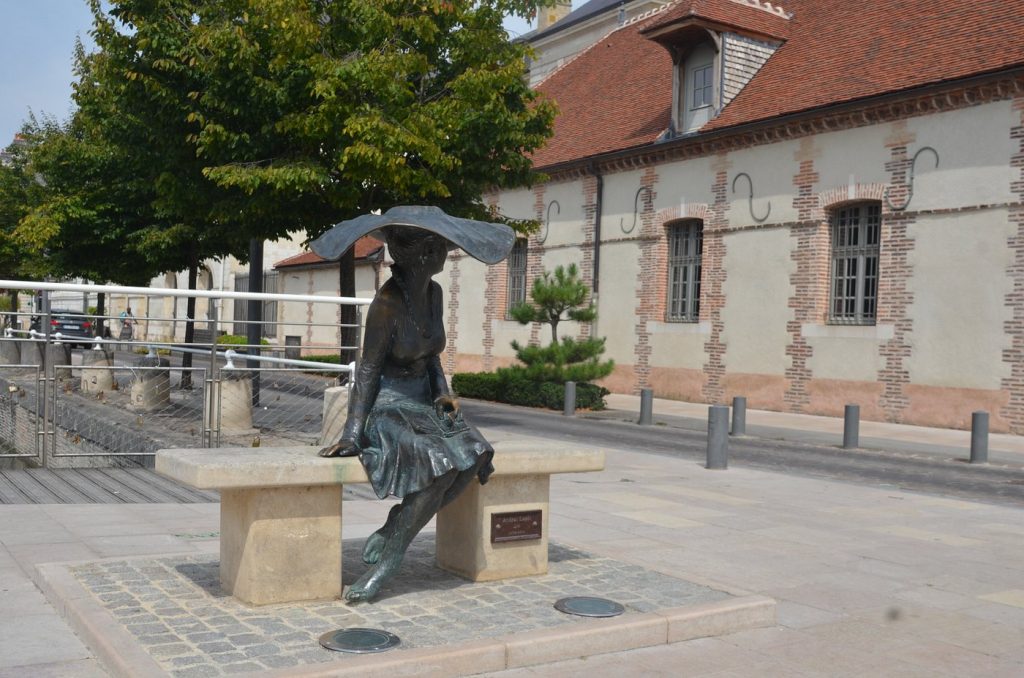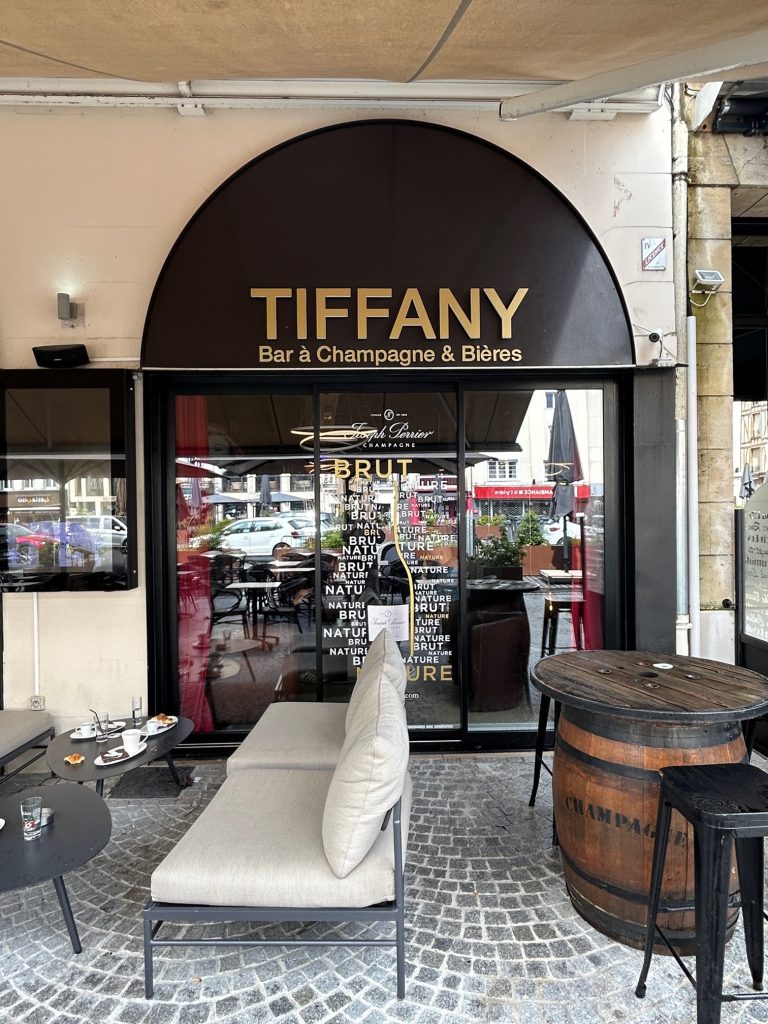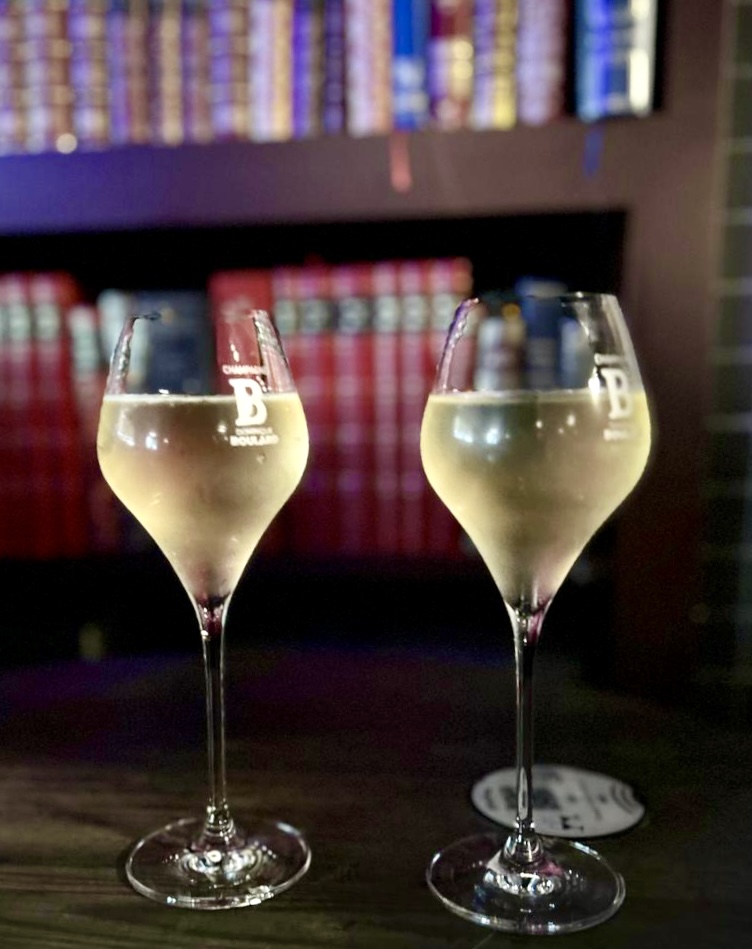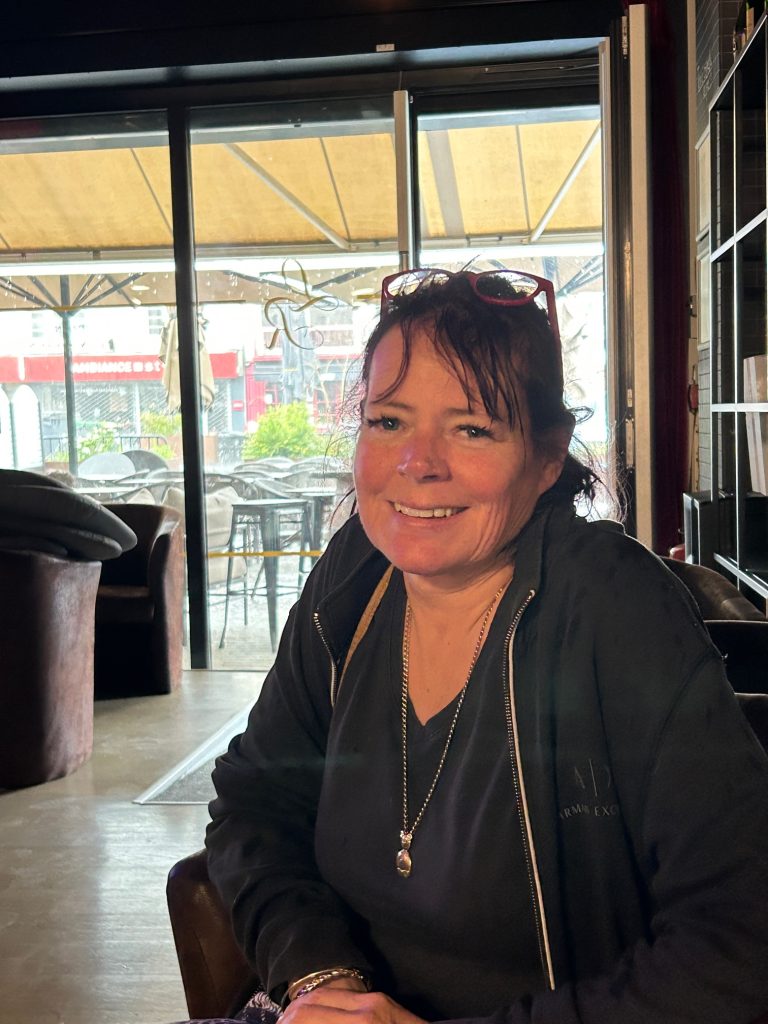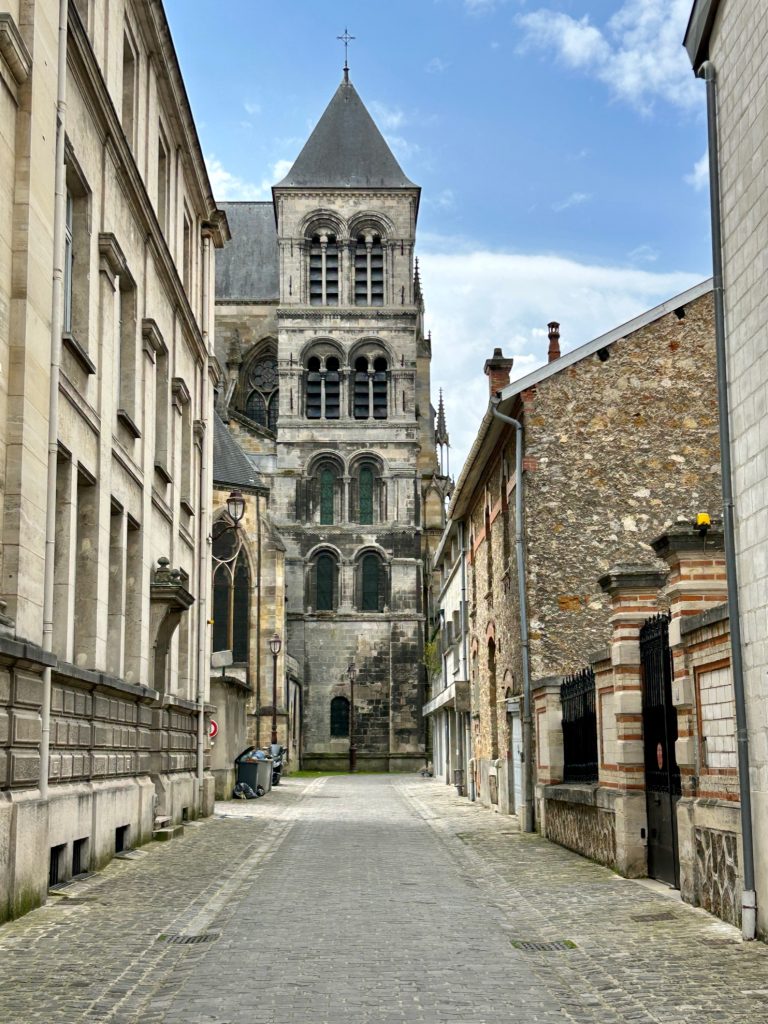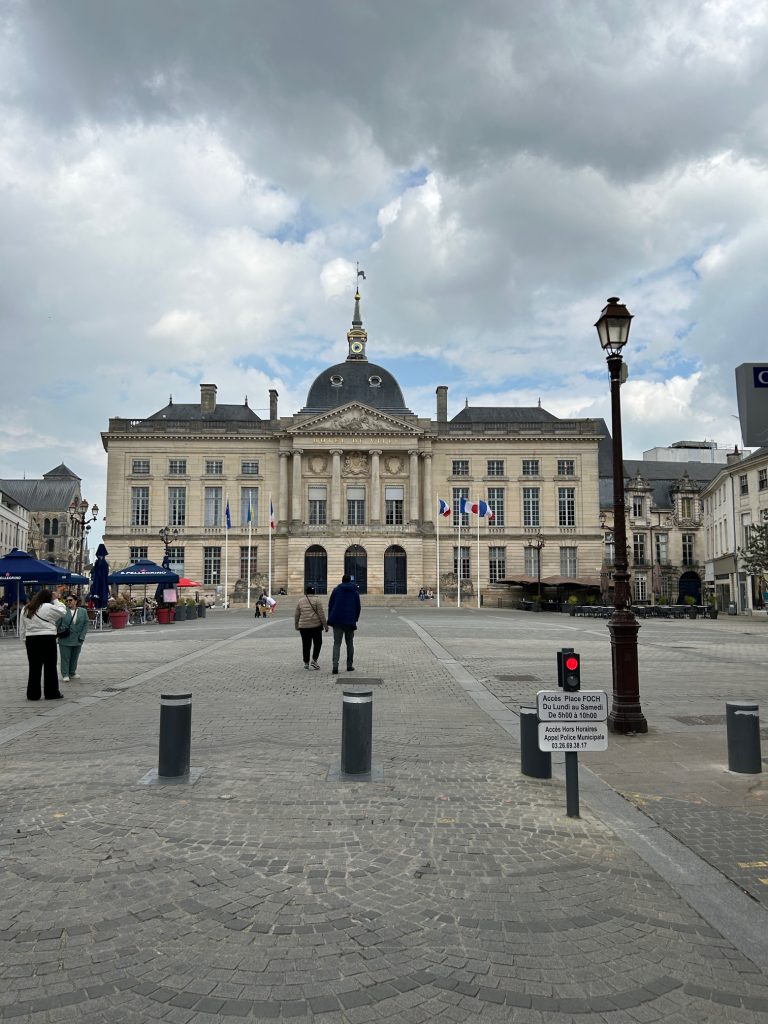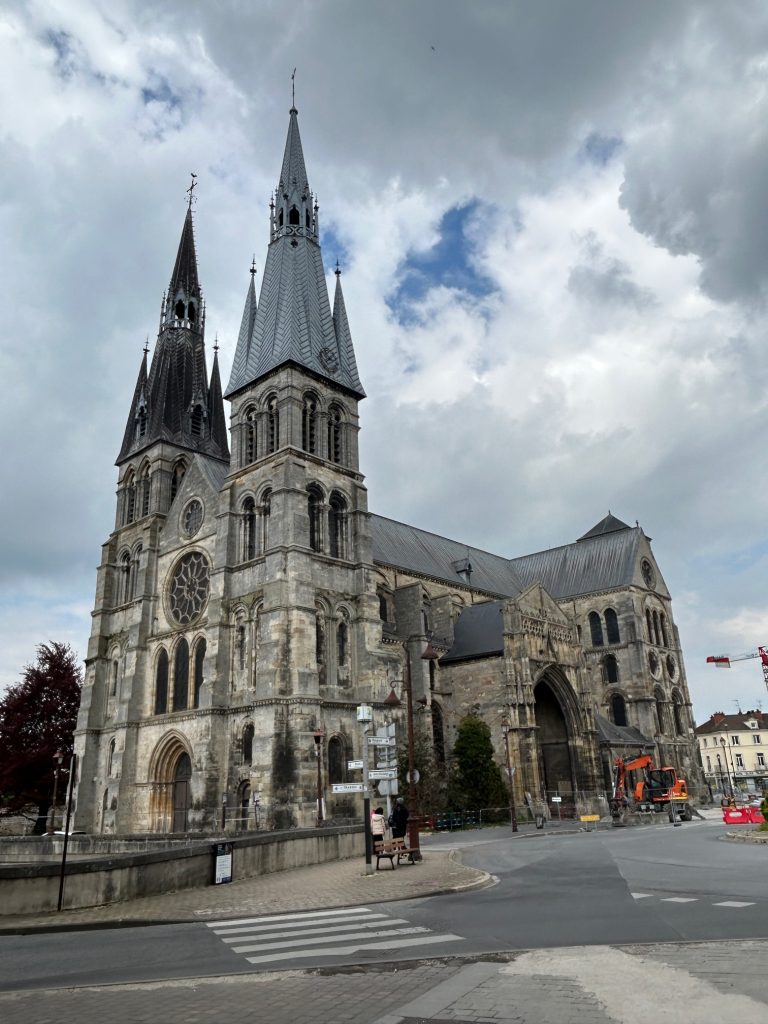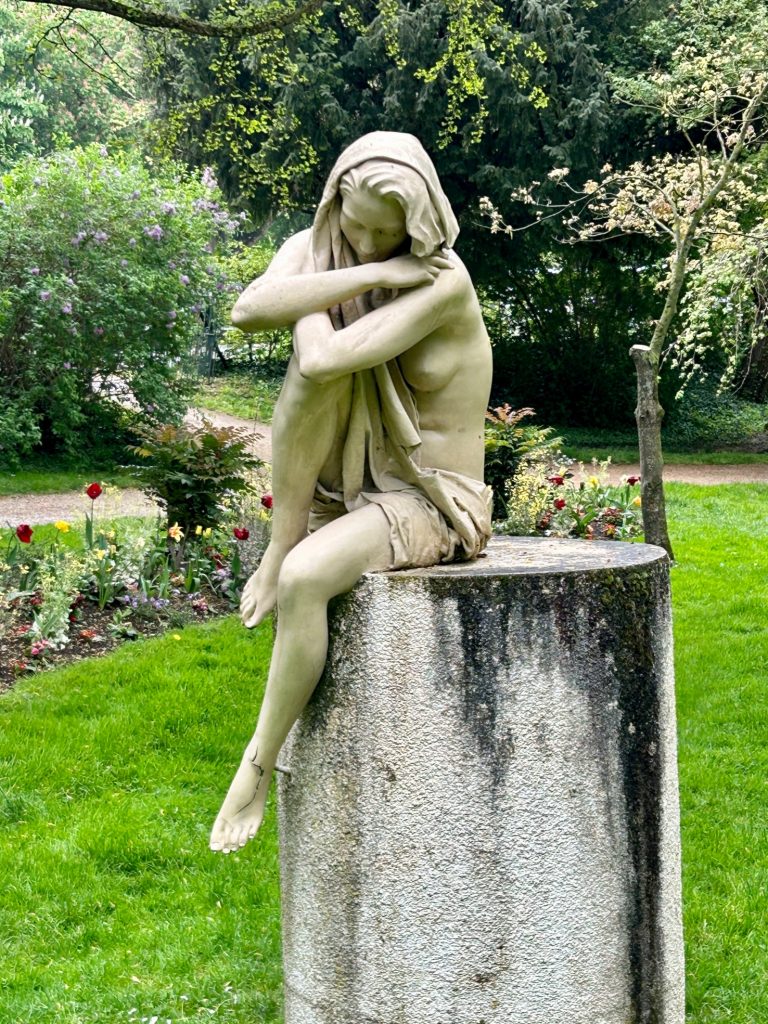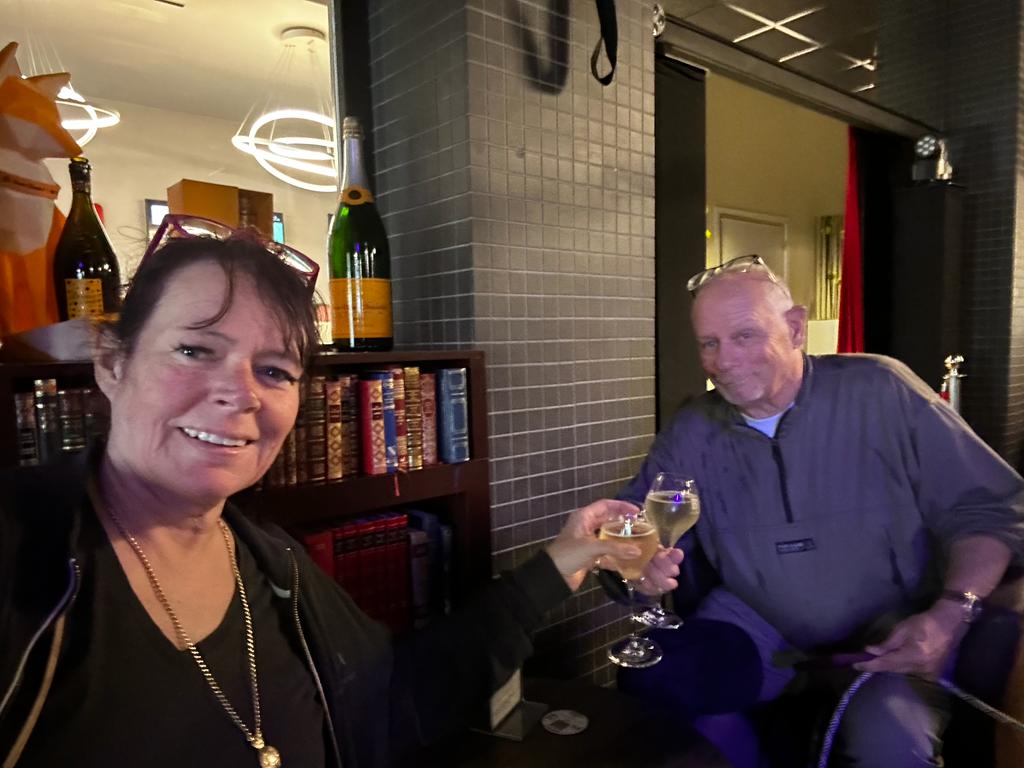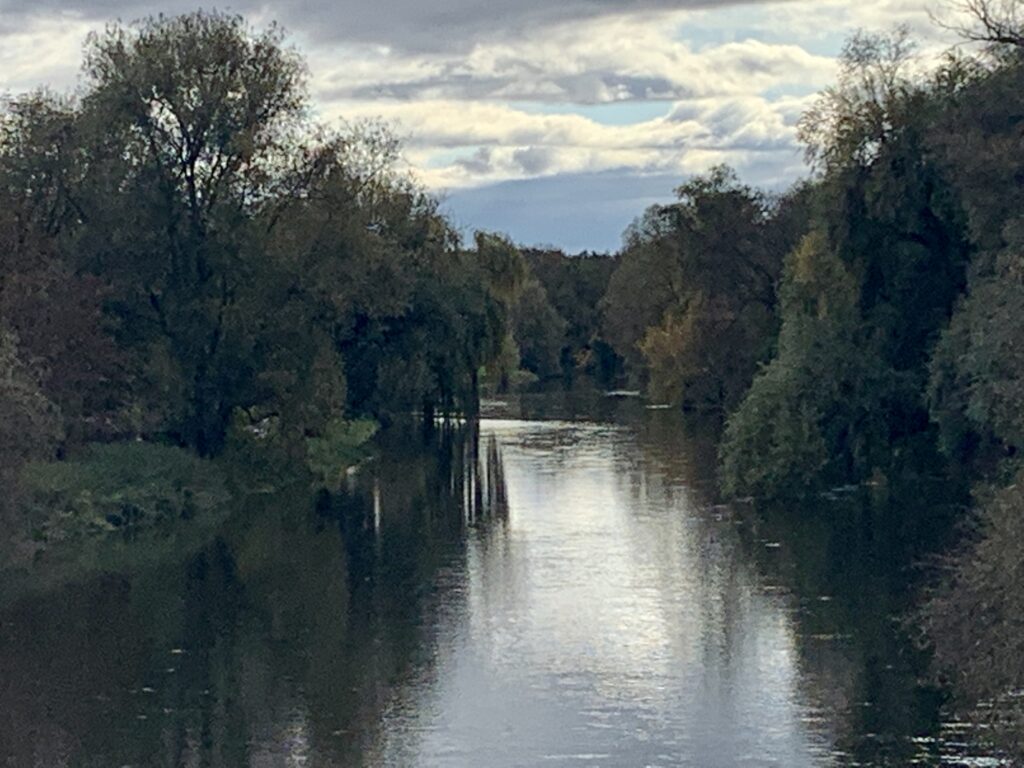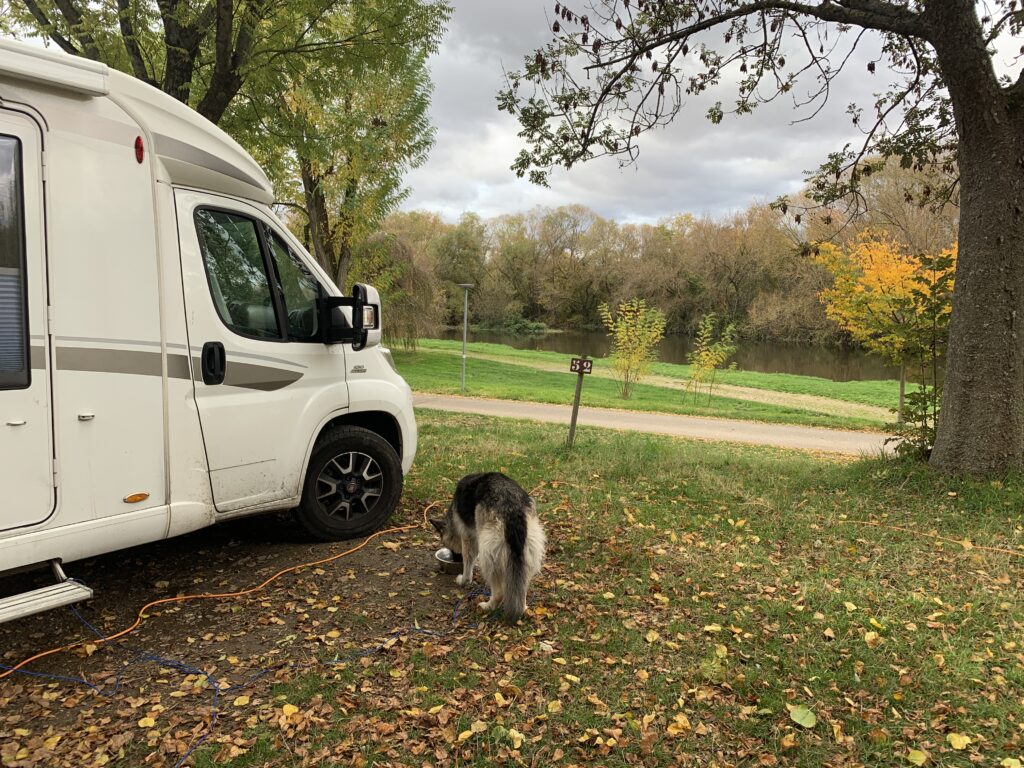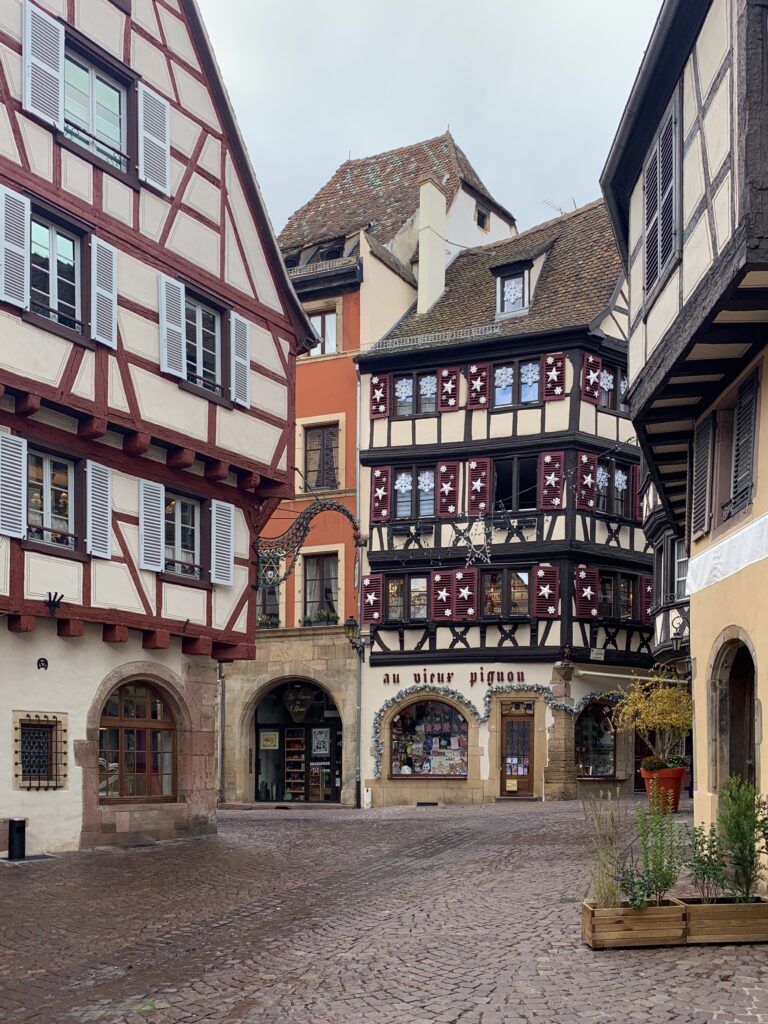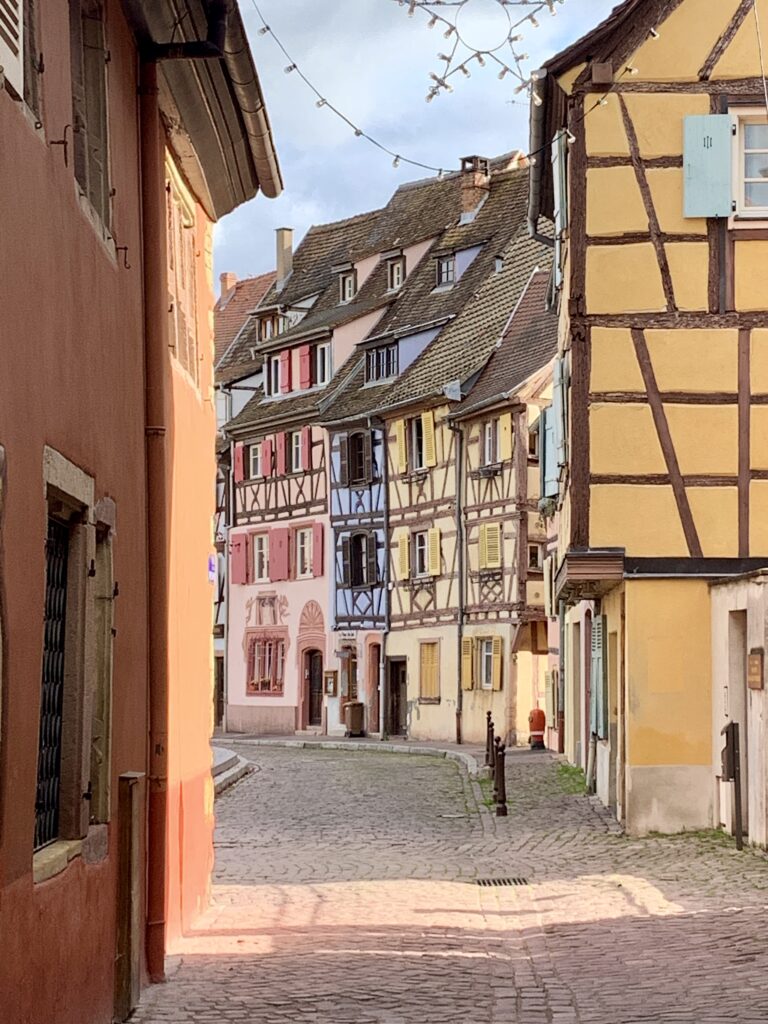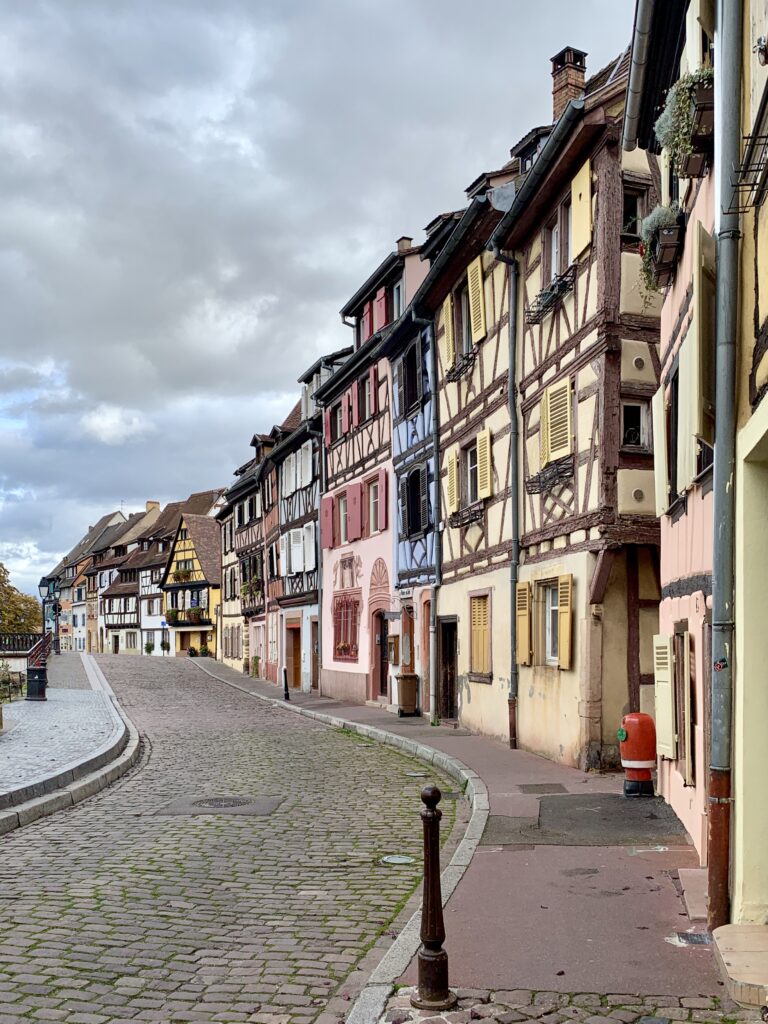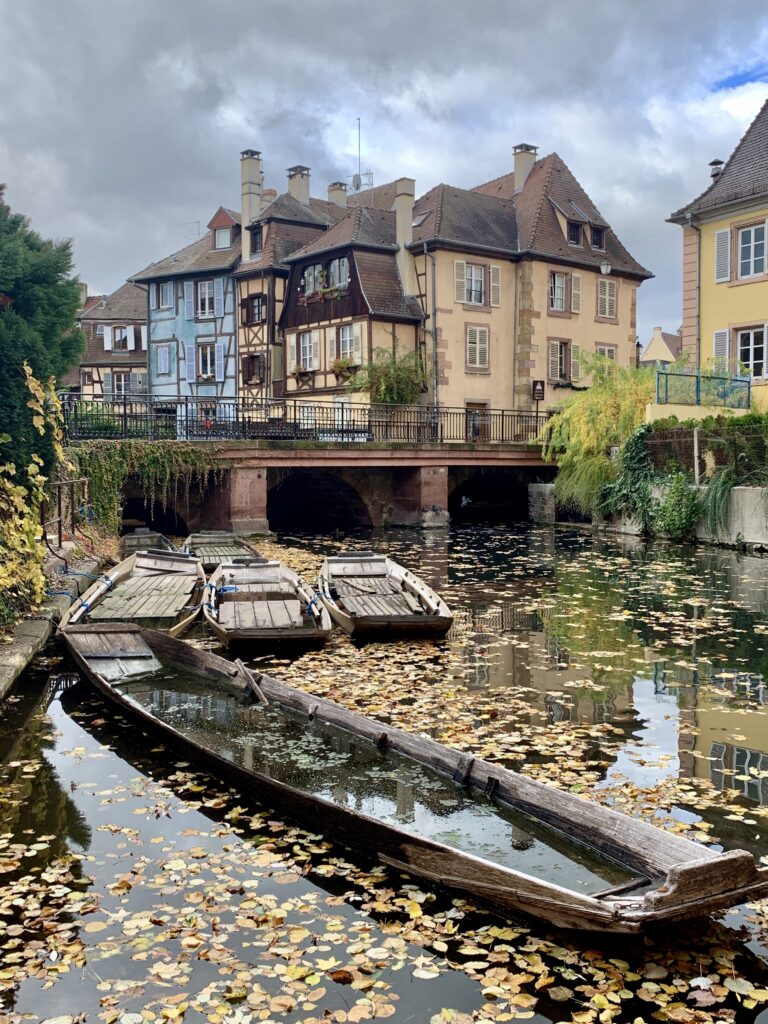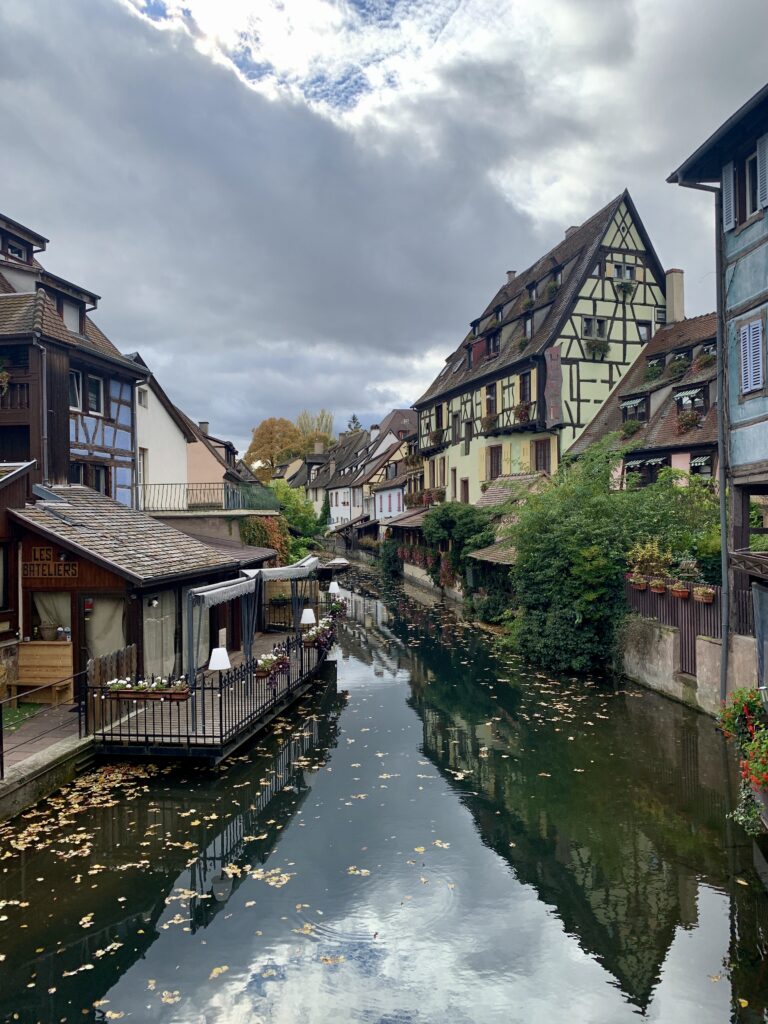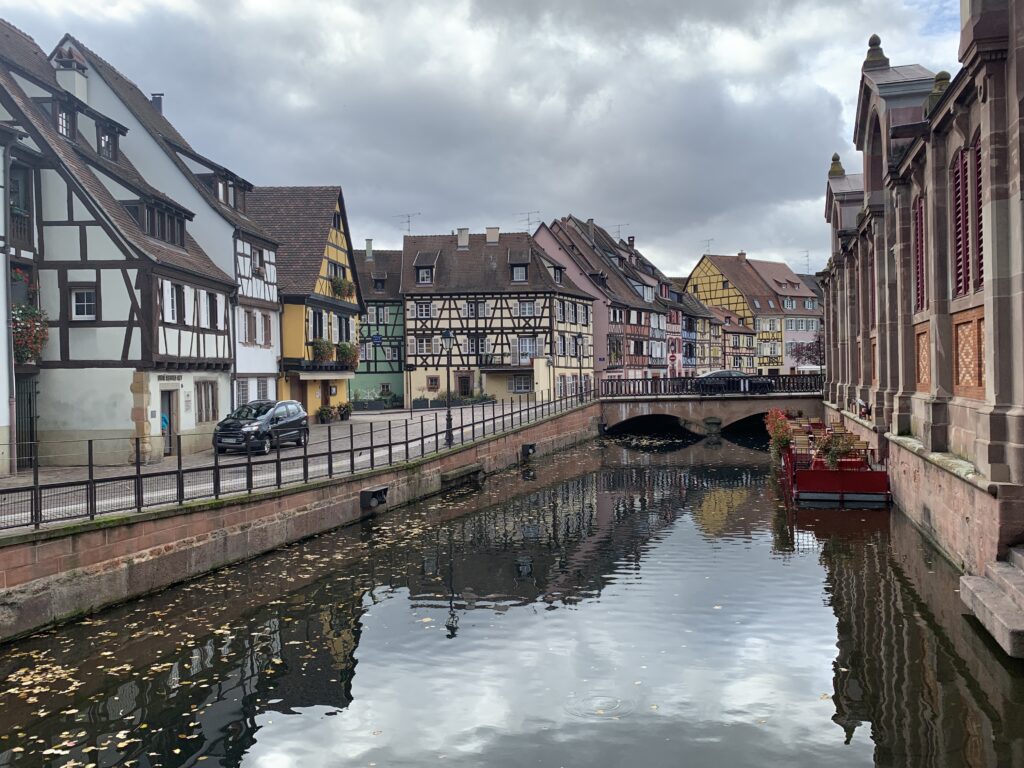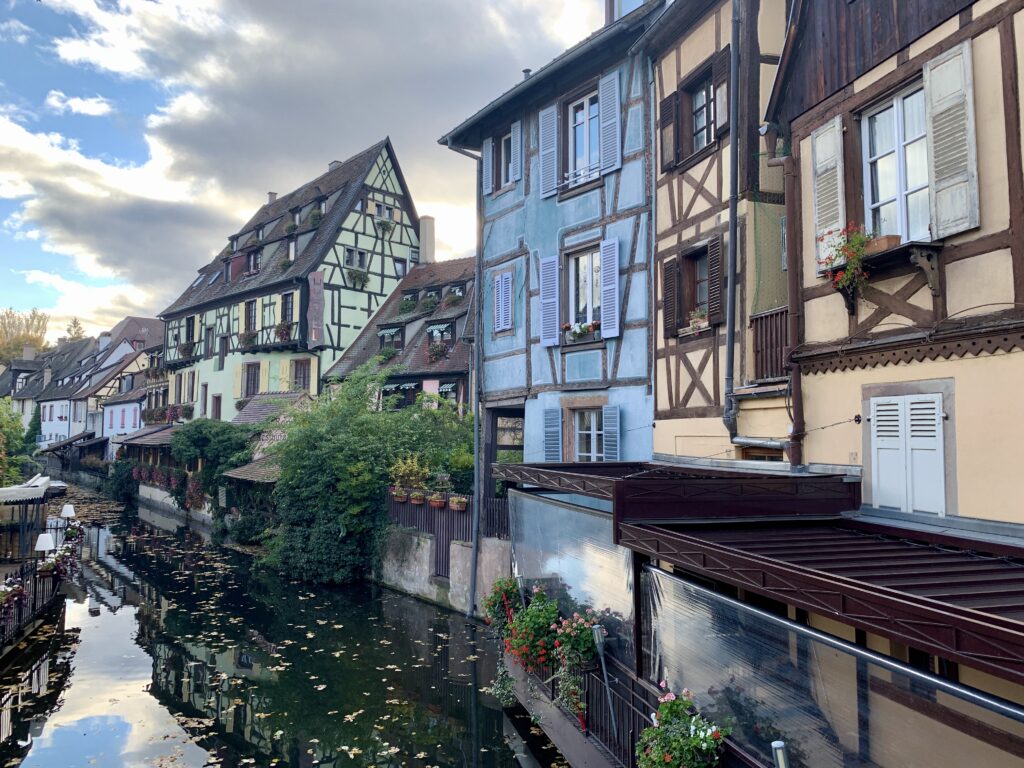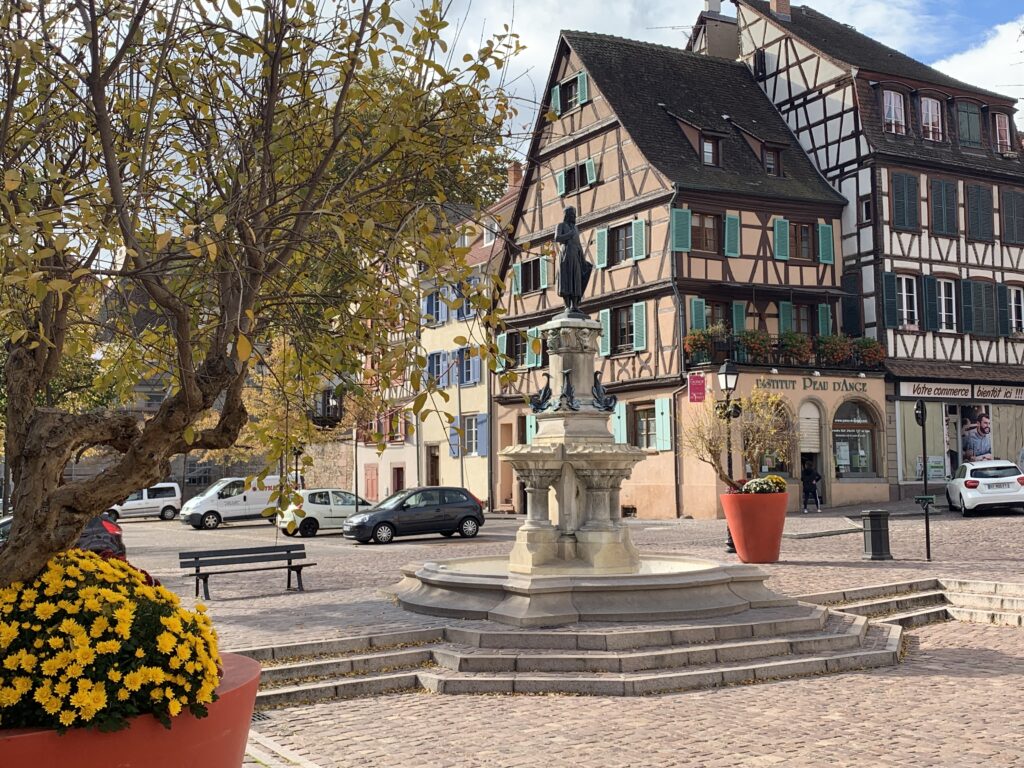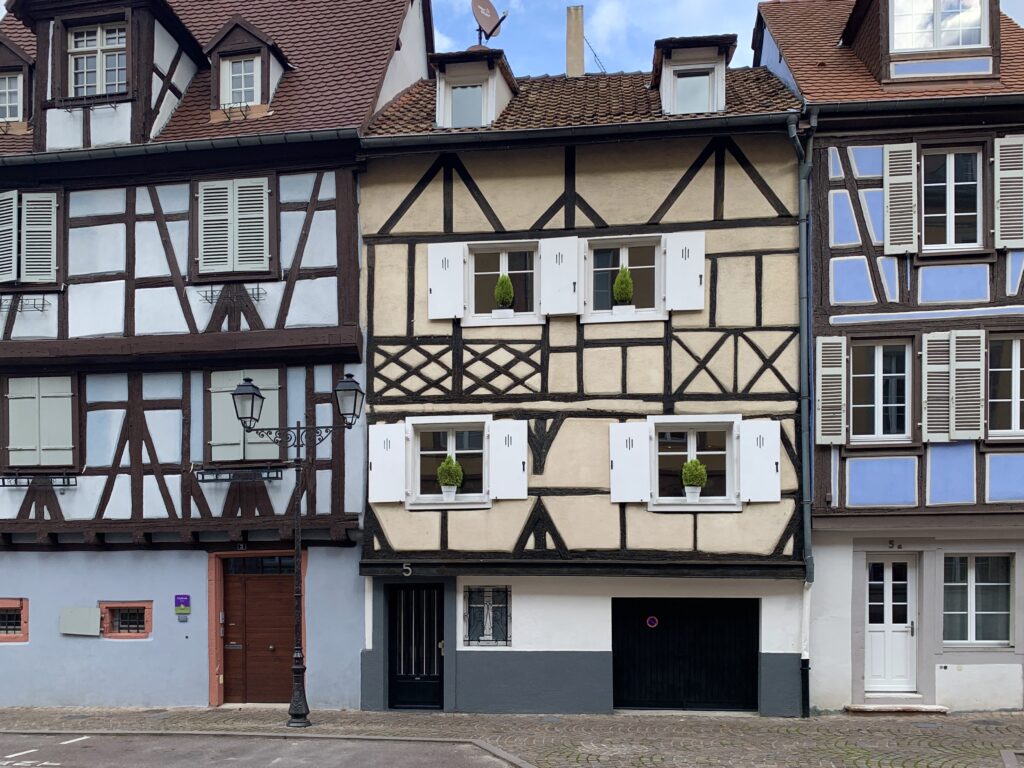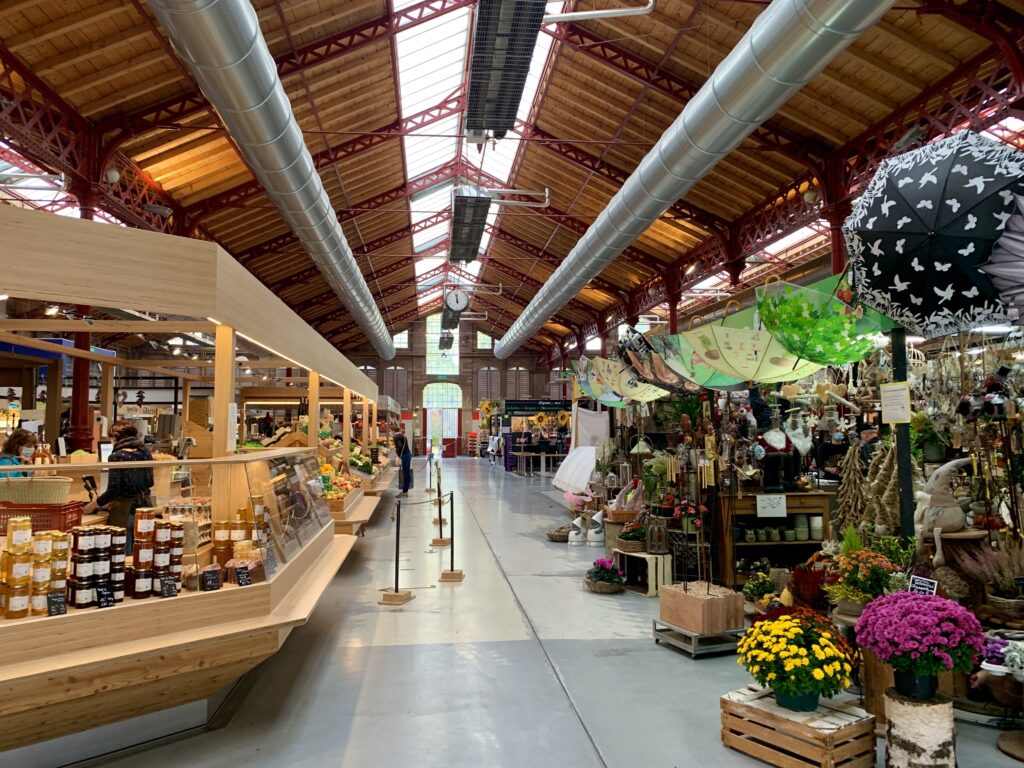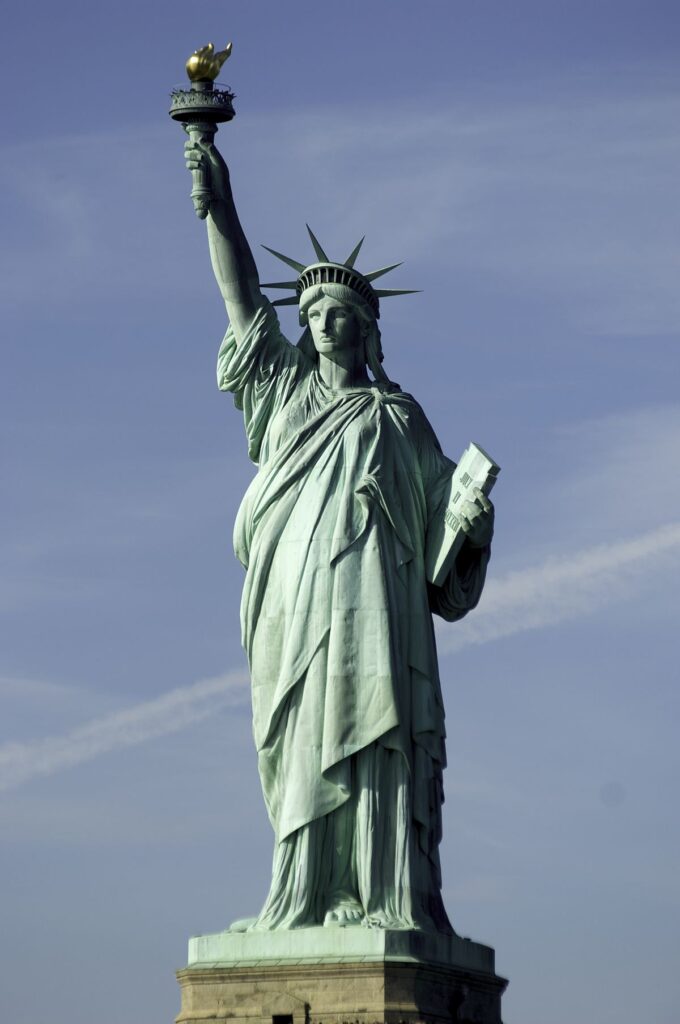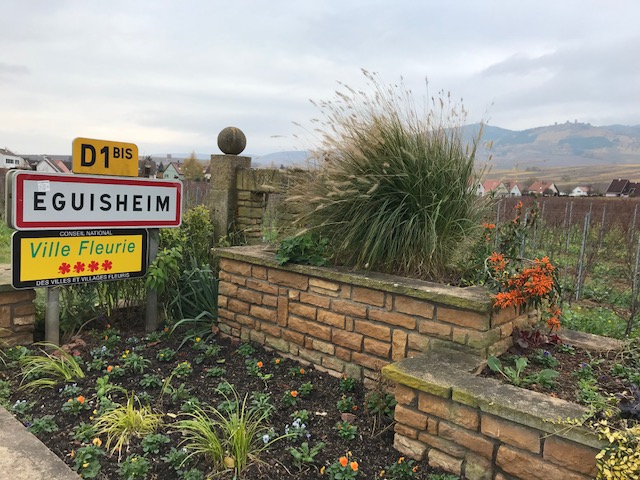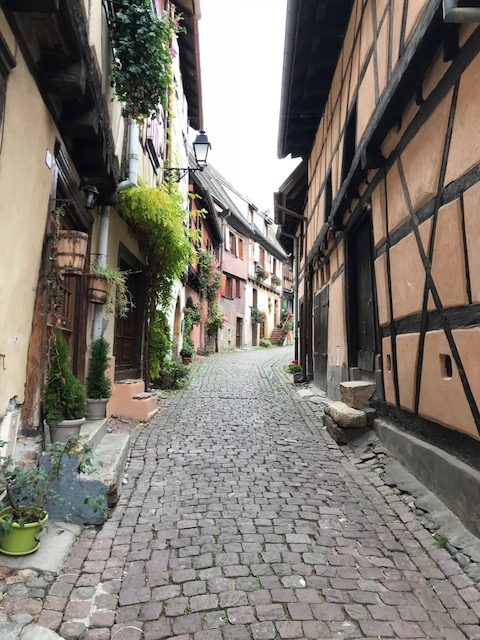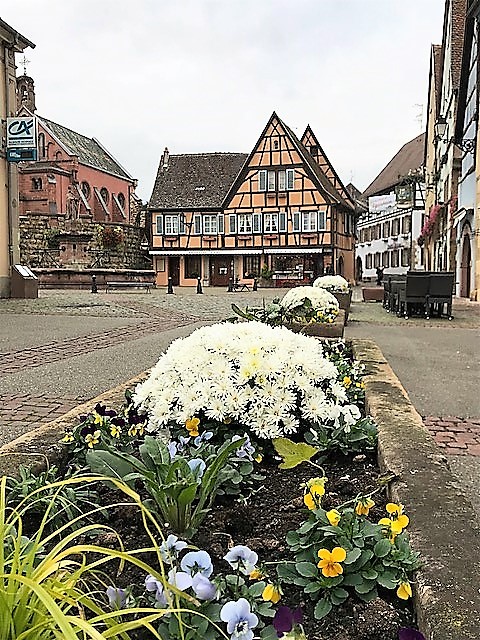Last April, during Tour 11, we travelled to the south of the Champagne region and, while there, passed by the more than interesting little village of Les Riceys in the Aube Department of Grand Est. We didn’t see much of the place but what we saw was very pretty and I’d previously read that it was home to a Rose Champagne unlike any other produced in the Region and which was the favourite drink of no less a figure than Louis XIV. We said then that we would return and… we did!
Vanya had discovered that the Pascal Walczak Winery at the edge of the village allowed motorhomes to park on their premises and even went so far as to provide electrical hook ups. There are no sanitary facilities available to visitors outside of office hours but our Van is well equipped in that respect so, who cares. The only condition of this free parking and electricity is that visitors partake of a free wine tasting session. Now, hold me back!
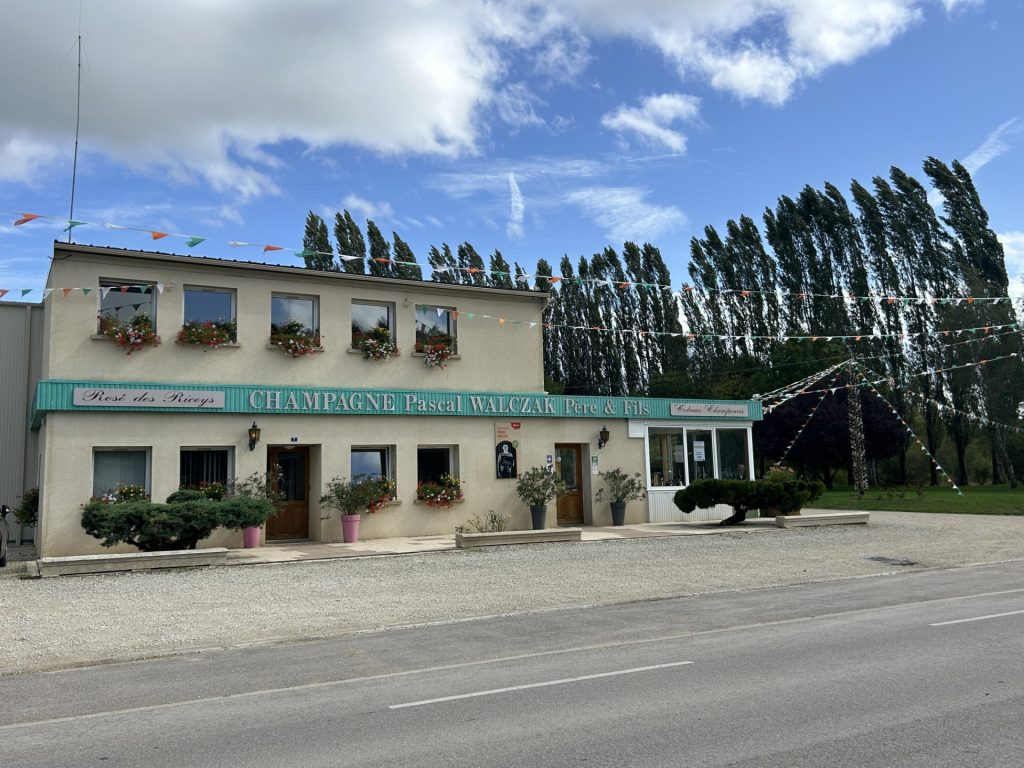
A few words about Les Riceys before I write about our wine tasting. The village comprises three parts being, Ricey Haut to the south, Ricey Haute Rive in the centre and the much smaller Bas Ricey in the north (and the Pascal Walczak Winery sits at the edge of Ricey Haute Rive and Bas Ricey on the on the Rue de la Presle). Now, I have a confession to make although I’ve yet to tell Vanya.
We approached the winery from the north and passed through Bas Ricey. I rather mistakenly thought Bas Ricey to be the centre of Les Riceys and that the adjacent Ricey Haute Rive was simply a small residential area. I was oblivious to the existence of Ricey Haut throughout our stay. I fully explored the tiny Bas Ricey but saw nothing of Ricey Haut and only a few houses at the edge of Ricey Haute Rive. Whoops! What an idiot I am. We missed so much! This explains why, wherever possible, I research the places we propose visiting – so as not to miss anything. This once, I did no research at all. To rub salt into the wound, the local tourist office describes Les Riceys on their website as being “the largest wine-making village in the Champagne region…. complemented by an exceptional heritage: no less than three churches classed as historical monuments, fourteen chapels, two chateaux, numerous bourgeois houses, wine-makers’ homes, wash-houses, crosses, as well as “Cadoles”, strange stone shelters built in the middle of the vines”. Read Trip Advisor and you’ll discover also that Les Riceys has numerous restaurant-bars. I, that is Vanya and I, saw one church (the Saint Pierre in Bas Ricey) and missed everything else. Moreover, because the one restaurant in Bas Ricey (Le Marius) was closed we ended up eating cheese and biscuits in the Van. Once again, whoops and… so sorry Vanya.
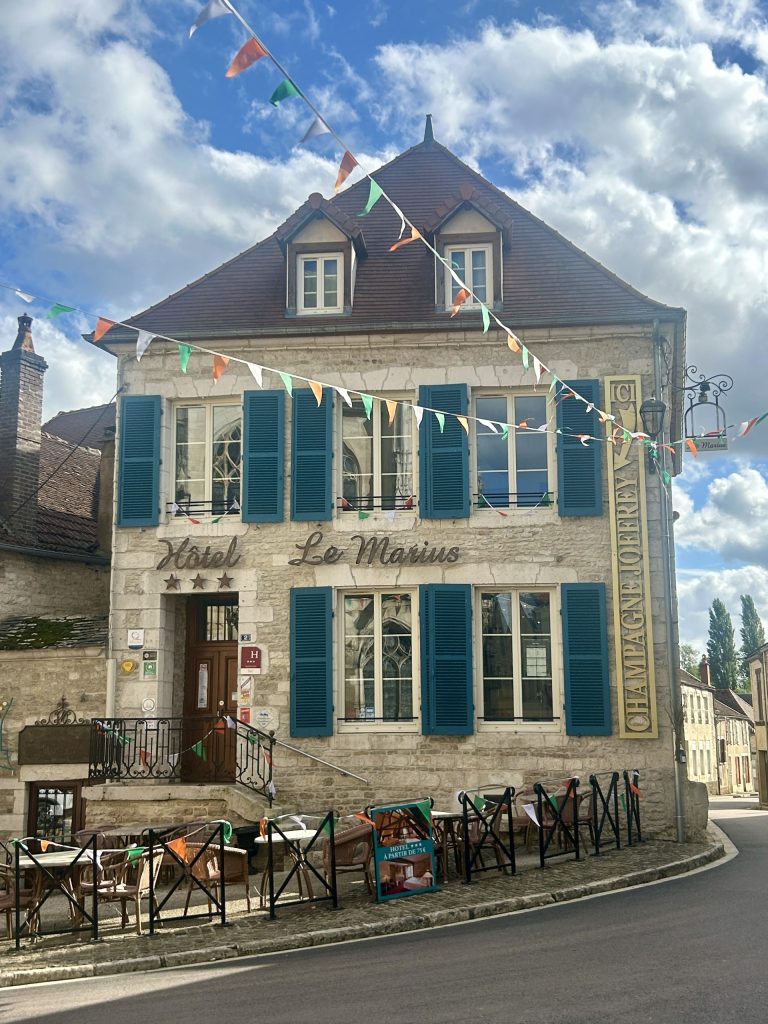
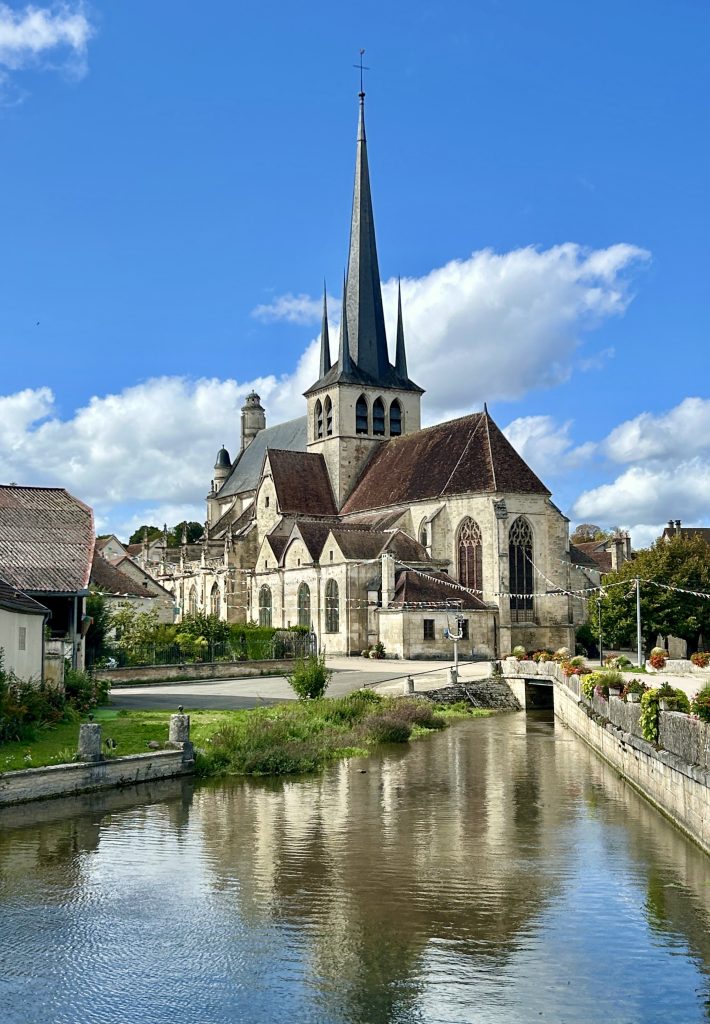
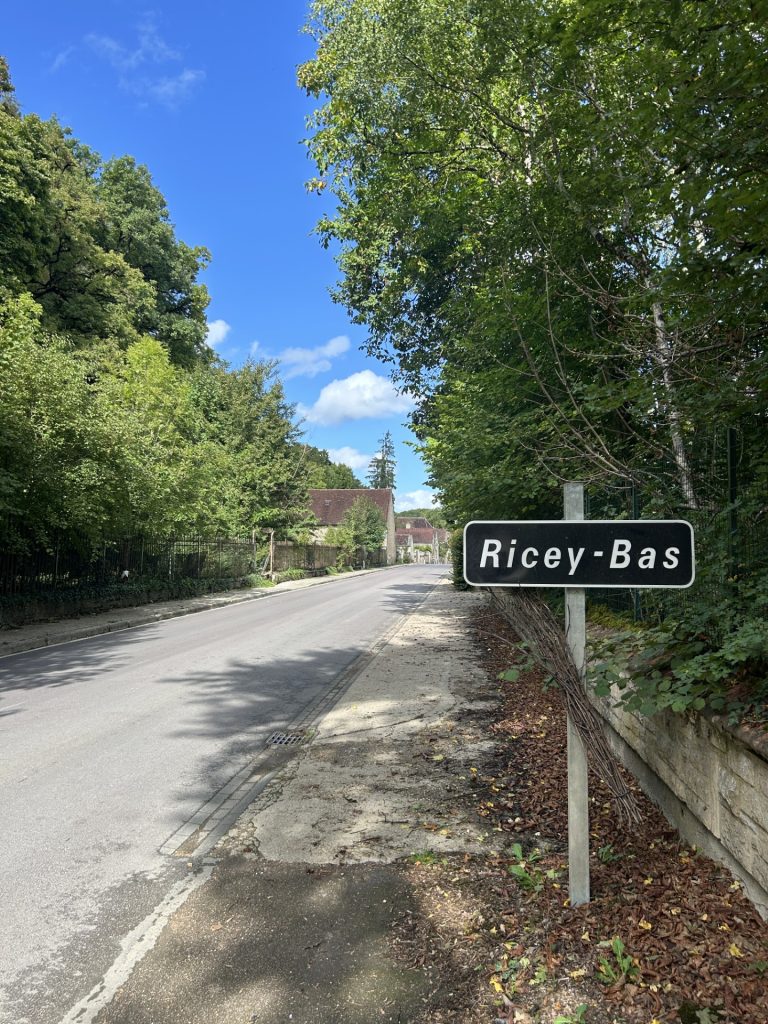
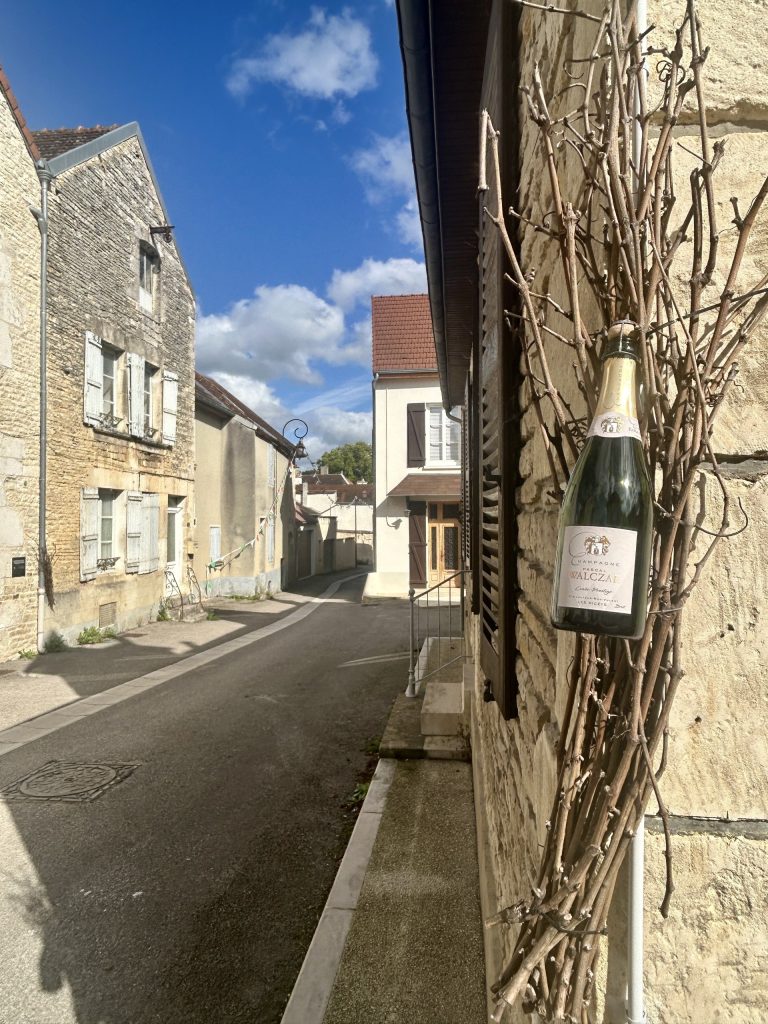
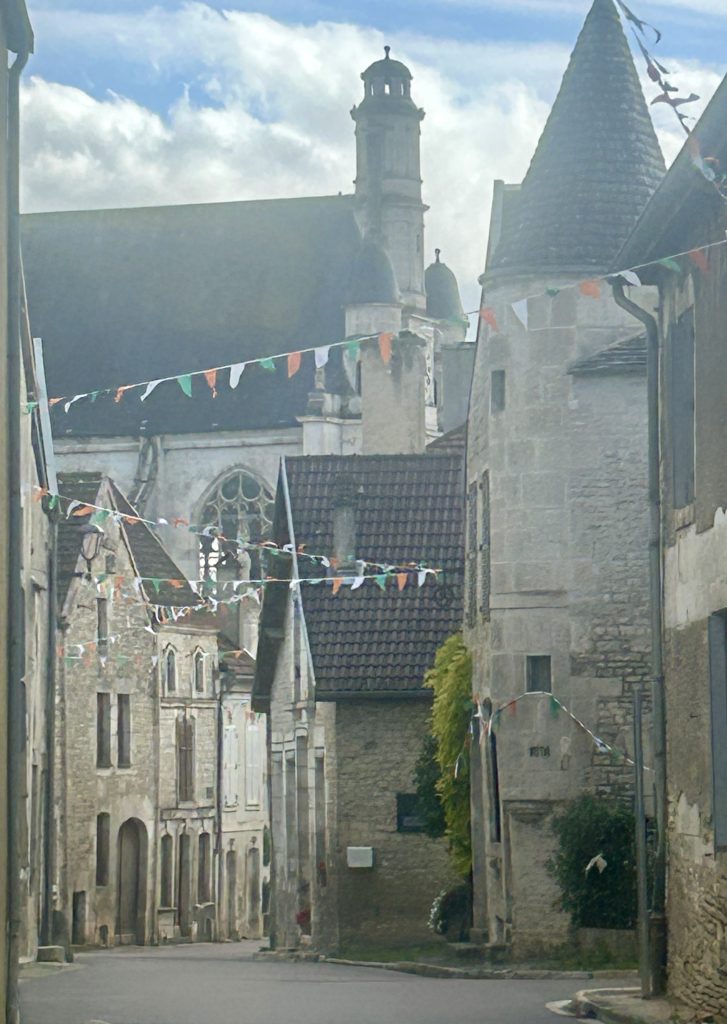
The wine tasting at Pascal Walczak was thoroughly enjoyable. Between us we sampled half a dozen champagnes including two of the rose champagnes so favoured by Louis XIV. Vanya wasn’t too enamoured with the rose’s probably because the one she sampled first is made by adding Pinot Noir (and she’s never been keen on red wine) while I opted for the macerated version. She should have tried the macerated one. Overall I thought the Pascal Walczak champagne was not as good as the Charles Mignon we had been drinking in Epernay. Of course, we were not comparing apples with apples and the ambience will surely have influenced me – in Epernay we were drinking the champagne while seated in a restaurant serving good food and in Les Ricey’s we were standing at a bar in the tasting salon. We still spent almost 200 Euros on Pascal Walczak champagne but I consider the Charles Mignon was lighter and smoother. But then, almost as an afterthought, we tried the Cyries. It has a taste all of it’s own and it is fantastic – easily my favourite champagne of the tour. Wonderful. Thank you Pascal Walczak.
The remainder of the afternoon and early evening, we spent lounging in the sunshine by the Van; watching and listening to the ducks in Pascal Walczak’s duck pond and; enjoying a full bottle of the Cyries. We’ll be back both to get a proper look at Les Riceys and to buy more of that delicious Cyries.
